In the aftermath of World War II, hundreds of new journals emerged across Europe. This explosion of print was a reaction to the years of privation and lack of cultural contact between nations. It also responded to public discussion about what might now constitute a ‘European’ identity – an issue central to processes of reconstruction and reconciliation in the post-war period.
Translations were an important component of many journals. They introduced readers to foreign movements, concepts and writers, increasing awareness of cultural similarities and differences and forged alliances across national borders. This exhibition brings together a number of these magazines and highlights the overlooked and mostly unacknowledged translators.
The translators who worked for these journals are remarkable individuals. Some had been ‘silenced’ by censorship in the interwar period. Many were refugees, displaced by war, who used their knowledge of foreign languages to gain a foothold in a post-war world. All were talented figures, passionately committed to the transnational circulation of ideas. They understood that dialogue across cultural, political and linguistic divides was an essential precondition for peace and prosperity in Europe.
This exhibition has been curated by Alison E. Martin, JGU Mainz/Germersheim, Germany and Andrew Thacker, Nottingham Trent University.




Accompanying Stephen Willats’ exhibition Social Resource for Tennis Clubs in the Gallery, we are pleased to dedicate our Vitrines to Control Magazine – the pioneering journal that Stephen founded in 1965, and continues to publish and edit to this day.
Control Magazine’s focus has always been to provide a resource for artists to discuss their work and, in particular, to make connections with other disciplines including social or computer sciences and technology. Across 21 issues, the magazine has published work and writing by over 150 artists, including John Latham, Roy Ascot, Anthony Benjamin, Dan Graham, Mary Kelly, Helen Chadwick, Tony Cragg, Dennis Adams, Lawrence Weiner, Anish Kapoor, Martha Rosler and Jeremy Deller.
In this presentation we’re displaying issues 5, 6, 7, 8 and 9 which cover the period of time that Stephen lived and worked in Nottingham, producing such projects as Man from the Twenty First Century (1971) and Social Resource Project for Tennis Clubs (1971/2).
Alongside this Vitrines exhibition, we are also delighted to display two new acquisitions to Nottingham Trent University’s art collection. Firstly Art Cognition Manifesto (1969) that Stephen produced and printed here in the Bonington Building and was distributed to various art schools around the country. This continued a tradition of manifesto writing that Stephen had begun in the early 1960s that attempted to shape the thinking of the art community.
The second is The Telephone Conversation, 1974. Although produced 1 – 2 years after Stephen left Nottingham, this interactive work involves several people associated with NTU and was very much informed by the ideas Stephen had been exploring in the city. The work concerns the relativity of people’s perceptions of each other, and the interactive worksheet allows the viewer/participant to construct a model of the situation that reflects their own experience, beliefs and behaviours. Stephen recently stated that his work in the 1970s all came from this singular piece.
Image: Control Magazine Issues 13 and 17, Stephen Willats

















Take a glimpse into the glamorous past of the Alternative Miss World contests with a curated selection of original archival materials and never-before-seen footage, on display in the Bonington Vitrines.
Accompanying Andrew Logan’s solo exhibition The Joy of Sculpture in our main gallery, we are extremely pleased to present archive displays for the past Alternative Miss World contests in our Vitrines. A newly commissioned film by previous Bonington Gallery exhibitor and friend of Andrew, Dick Jewell, will feature alongside the displays, bringing together previously unseen footage (including rare 16mm film) of contests in 1985, 1991 and 2004.
Modelled upon the Crufts dog show, the Alternative Miss World contest is an art and fashion event founded and hosted by Andrew Logan. Andrew acts as both host and hostess for the show, as exemplified by the main promotional image for the exhibition taken by Mick Rock. This alternative beauty pageant has been held irregularly since 1972, most recently in 2018 in its 14th incarnation. Contestants and judges over the years have included David Hockney, Ruby Wax, Leigh Bowery, Grayson Perry, and Zandra Rhodes.
Special thank you to the Special Collections department at De Montford University, Leicester for the generous loan of archive materials.
Header image credit: Alternative Miss World poster, courtesy Special Collections department at De Montford University.











Nottingham Black Archive was founded in 2009 by Panya Banjoko with the aim of researching, collecting and preserving Black history, heritage and culture in Nottingham, from the earliest time to the present day. The collection consists of artefacts donated by the community and interviews collected through project work. Today, the archive holds a growing collection of oral histories, photographs, articles, and books dating back to the 1940s.
In 2012, Nottingham Black Archive began to document the experiences of those who came from the Caribbean to England during the Windrush period. Journeys to Nottingham is a collection of narratives, photographs, and ephemera from people who travelled from the Caribbean to Nottingham during the Windrush era. It is a snapshot of why they came, what they did, and where they worked on their arrival to the city.
Beyond the materials featured in this exhibition, there are full oral history interviews which are housed within Nottingham Black Archive and serve as a record to mark the journeys of people from the Caribbean to England.
Panya Banjoko is a UK-based writer and poet whose work has been published in various anthologies. Banjoko is currently completing a PhD at Nottingham Trent University that focuses on Politics in Poetry and the Role of African Caribbean Writers and Networks in the 1970s and 80s. She has performed widely, including at the 2012 Olympic Games, coordinates a Black Writers network, and is a patron for Nottingham UNESCO City of Literature.









“In 1978, prompted by my interest in people’s attitude to photography, from beyond the primitive notion of your soul being stolen when you have your photograph taken, to whatever was the contemporary notion, I mailed an image of myself to the 84 people who at that time shared my surname in the London Phone Directory, hoping that having this in common would serve as an introduction. I asked for a photograph in return, with their name on the back so that I would know who was responding, and a very large percentage complied, but most were also accompanied by incidental information. There were exceptions; a letter saying that there were no photographs in existence of Doris Jewell, an octogenarian living in Barnes, but I was welcome to go and take one.
This outcome led to me producing ‘London Jewells’, a poster size, four-colour lithographic letter containing a montage of all the photographs received and a précis of the written response. I mailed this poster out to my original list, but omitting the names that the Royal Mail had returned to sender as ‘’unknown at this address’’. This secondary mail out solicited a mixed response, photographs and “wish I’d taken your original letter more seriously” from some of those who had not initially responded and “thanks” from those that had.
I then repeated the process but this time with a similar number of Jewells in the USA, utilising the Los Angeles and Miami phone directories. The response was markedly different, not in volume but by the amount of lithographically produced photographs in the form of Christmas and model agency cards etc., and also far more information on lineage with family trees going back to Bishop Jewell of Salisbury in the 16th Century.
I then framed and exhibited all this material at the 1983 Summer Show at the Serpentine Gallery in London.
In 2009 a publisher enquired of me if I had any plans for another book. I was considering returning to the ‘Jewell’ concept but this time making contact via the internet rather than the postal service; with the development of the world wide web and digital photography, our personal attitudes to portraiture had moved on, the days of Doris Jewell living a long life without a single image of her existence seemed a thing of the past. However, instead I initially ran a Google search of ‘Jewell’ for images, this subsequently also led me to video and audio material baring my surname. The items collated in alphabetical order became Jewell, a Film By Dick Jewell April-August 2010 (133mins), rather than a book it imitates the aspect of multitasking on a computer screen.
My iPhone flower portraits alongside the vitrines, seemed fitting, not only as a traditional subject for wallpaper but in our focus on genealogy when considering the juxtaposition of similar sized subject matter.”
Dick Jewell, 2019.

















CURATED BY COLLECTIVE ÇUKURCUMA
Throughout centuries, libraries have been perceived as places where knowledge on life and space is organized, read, and interpreted, yet at certain times, their political significance are underestimated. Public libraries have been important symbols of political power and formation of cultural identity. They play a significant role in the political struggle for independence, as centres of democratic ideals, such as free access to cultural heritage and information. As public spaces, they are essential for bringing people together to share information, and they become even more important during times of collective resistance and protests for freedom.
Curated by the Istanbul-based Collective Çukurcuma, House of Wisdom explores the political power of books and libraries in our century, and is presented as a travelling exhibition/library that explores the increasing levels of censorship on information and the current sociopolitical situation in and around Turkey. It started its journey in the non-profit art space, Dzialdov, Berlin. The show moved to Istanbul as part of the 15th Istanbul Biennial’s public program, and then to the art space Framer Framed in Amsterdam, as part of the Amsterdam Art Weekend 2017 programme.
The exhibition and public programme of events now reside in Nottingham, with a panel discussion at Primary, in June 2018, followed by the exhibition here at Bonington Gallery and across the city, see public programme events (curated by Cüneyt Çakırlar) below for full details.
Artists include: Mohamed Abdelkarim, Burak Arıkan, Mahmoud Bakhshi, Yael Bartana, Mehtap Baydu, Kürşat Bayhan, Ruth Beale, Ekin Bernay, Burçak Bingöl, Nicky Broekhuysen, Hera Büyüktaşçıyan, Cansu Çakar, Ramesch Daha, Işıl Eğrikavuk, Didem Erk, Foundland Collective, Deniz Gül, Beril Gür, Lawrence Abu Hamdan, İstanbul Queer Art Collective (Tuna Erdem and Seda Ergül), Ali Kazma, Yazan Khalili, Göksu Kunak, Mona Kriegler, Fehras Publishing Practices, Elham Rokni, Natascha Sadr Haghighian & Ashkan Sepahvand, Sümer Sayın, Erinç Seymen, Bahia Shehab, Walid Siti, Ali Taptık, Erdem Taşdelen, Özge Topçu, Viron Erol Vert, Ali Yass, Eşref Yıldırım, Ala Younis
This project is being run in collaboration with Queer Art Projects (London, UK), Nottingham Trent University’s Bonington Gallery, Primary, Bromley House Library, Nottingham UNESCO City of Literature, and Five Leaves Bookshop.



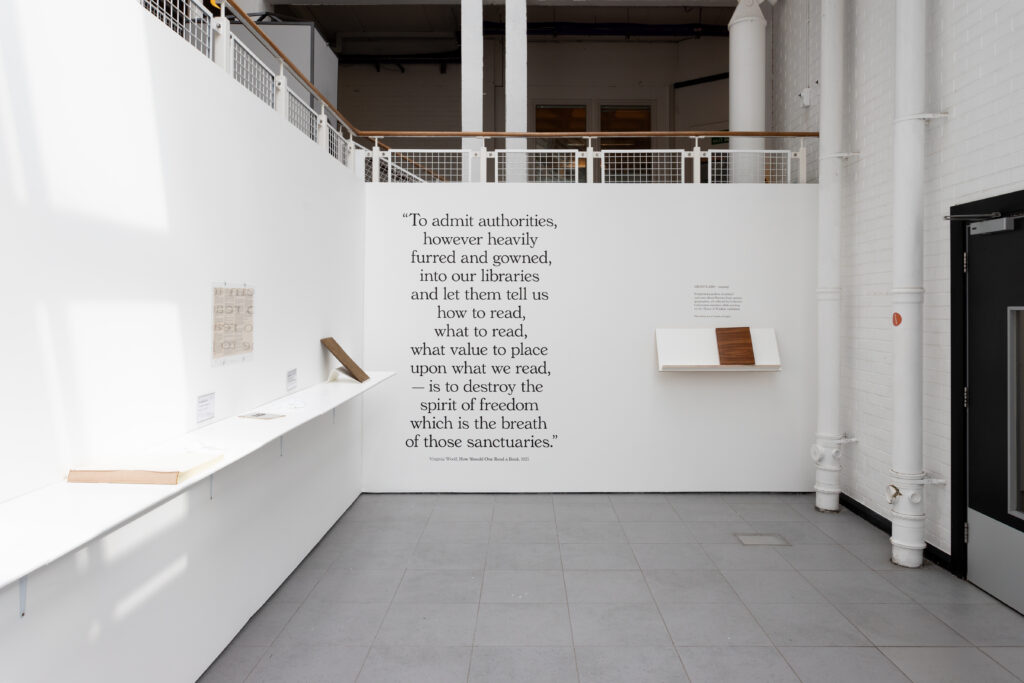
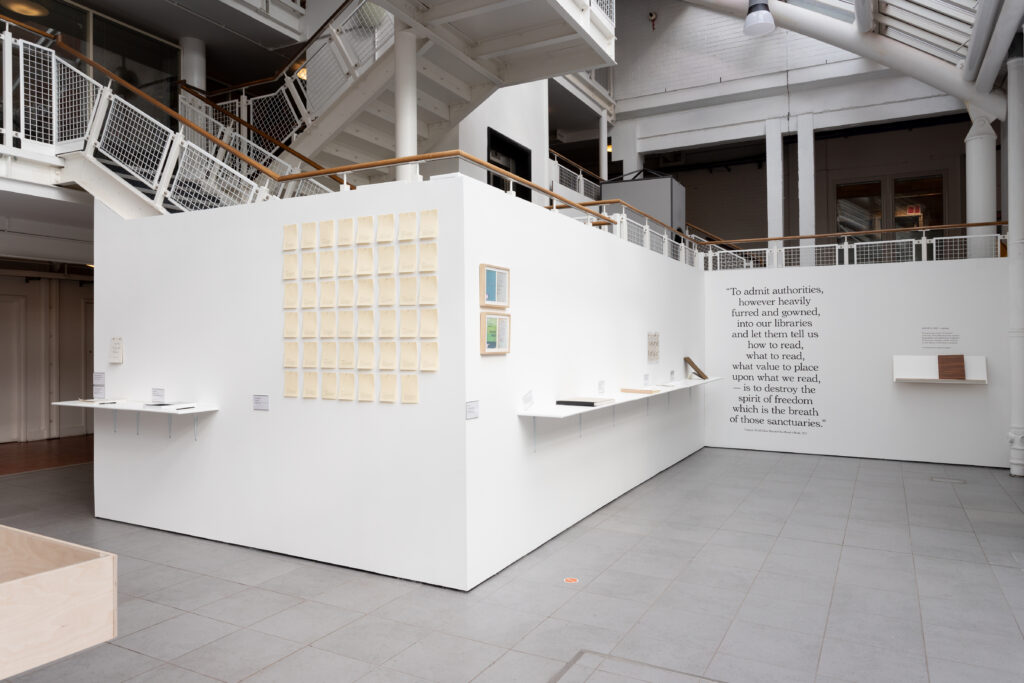


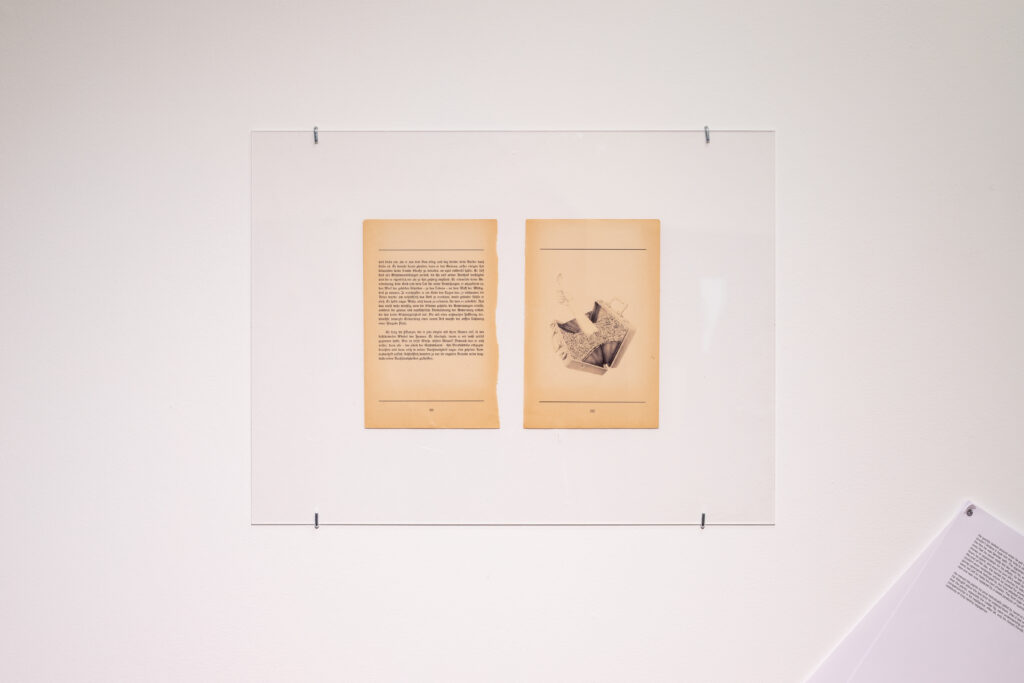
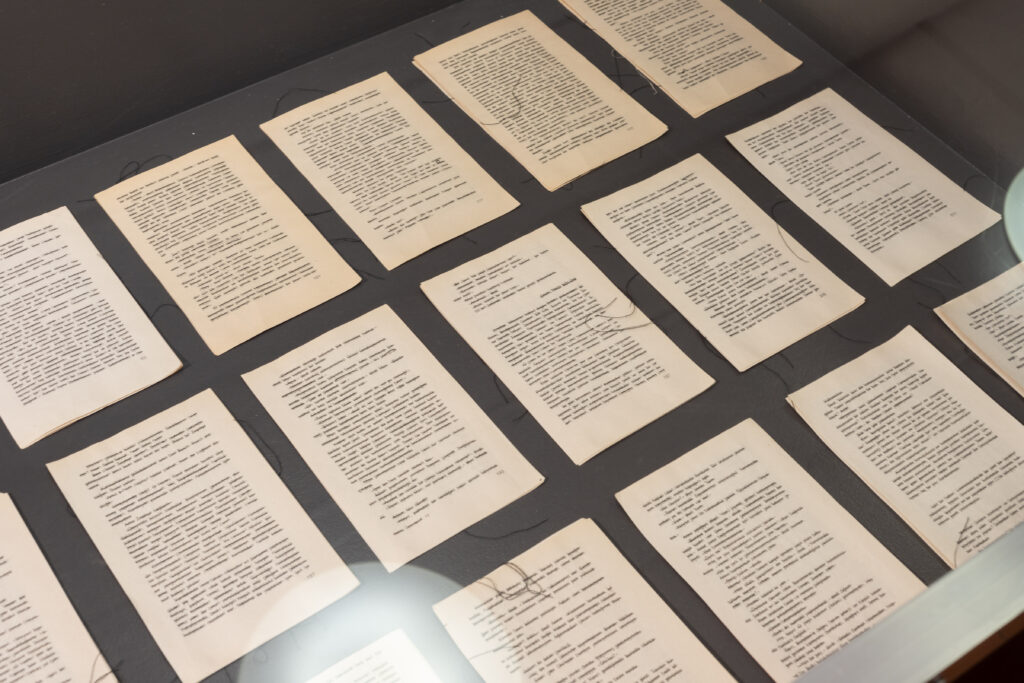

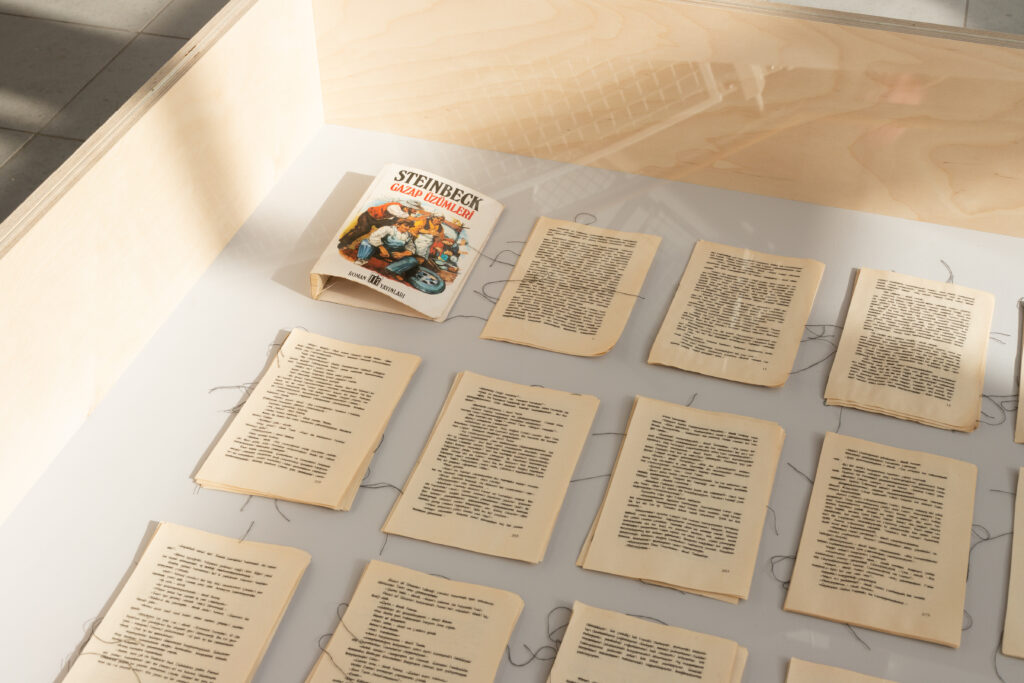
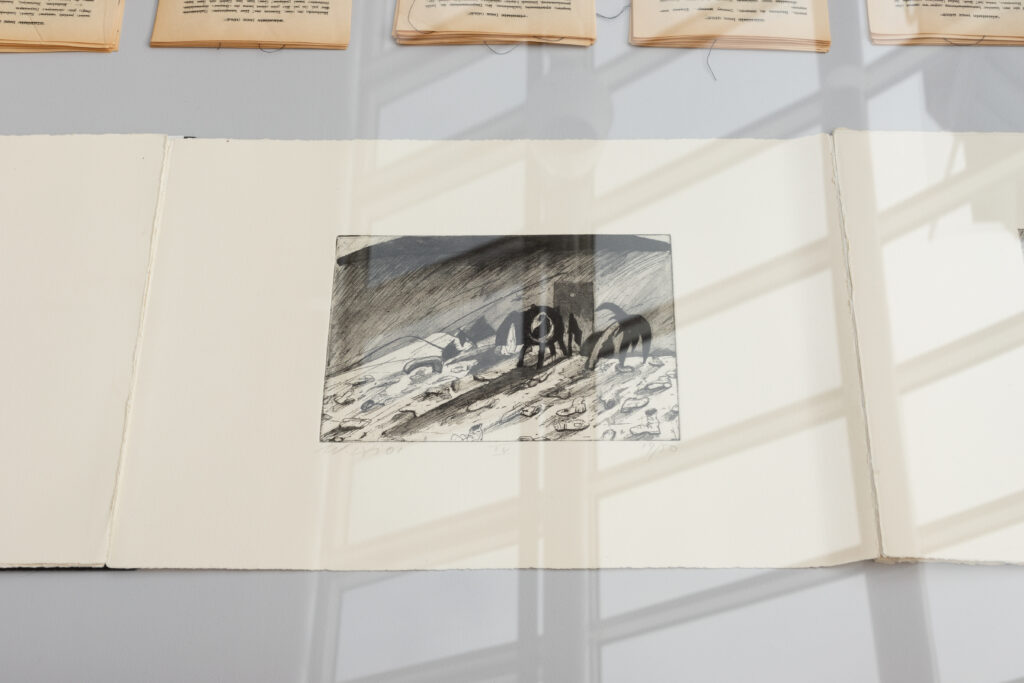
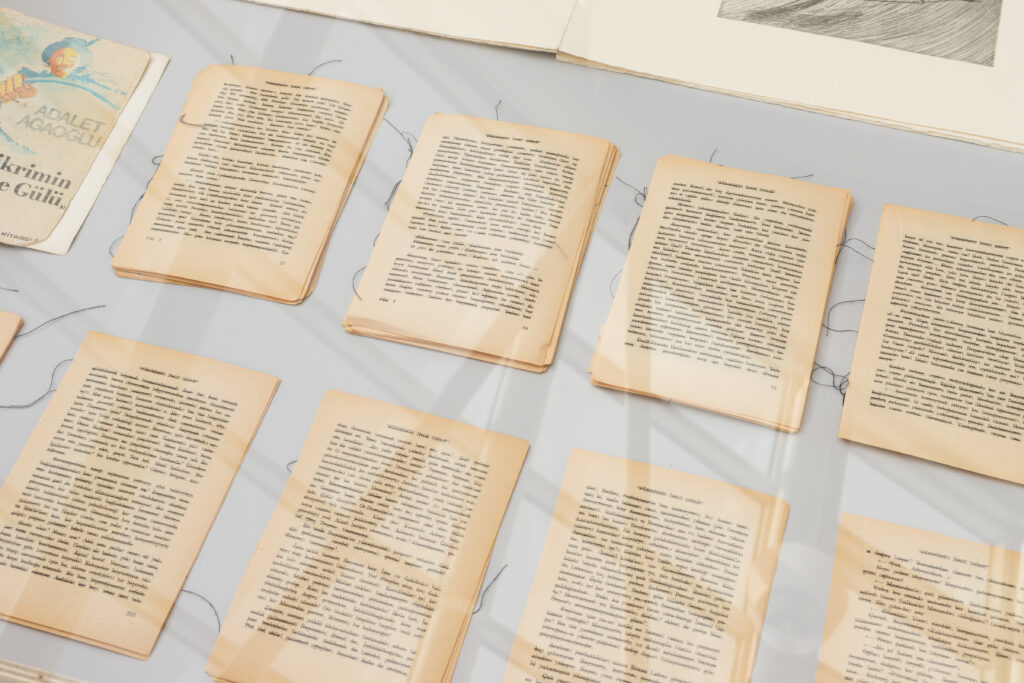
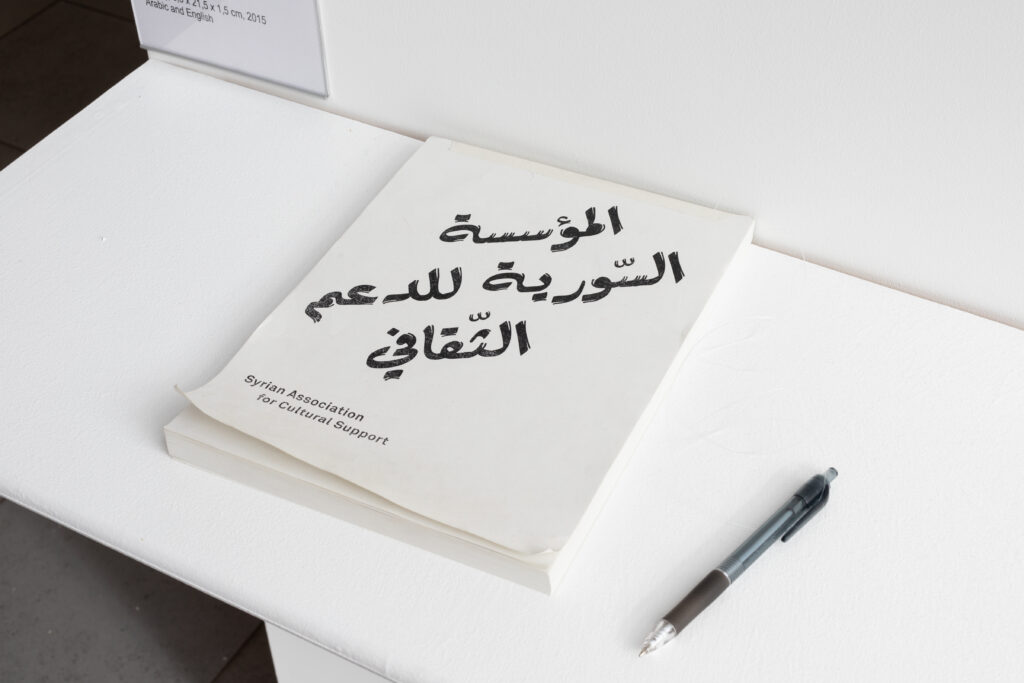
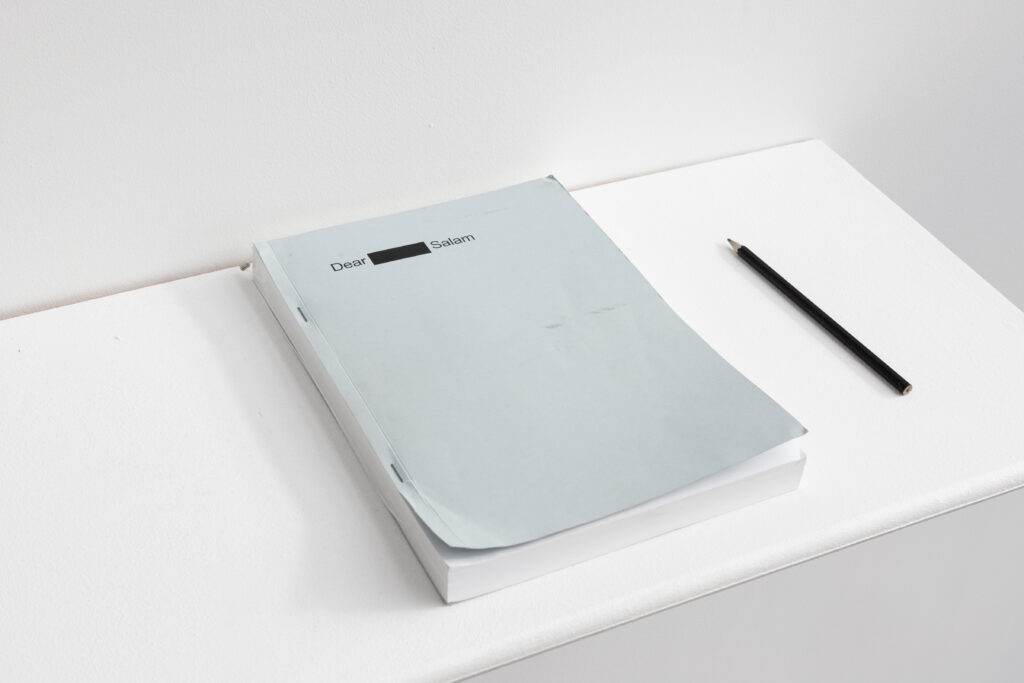
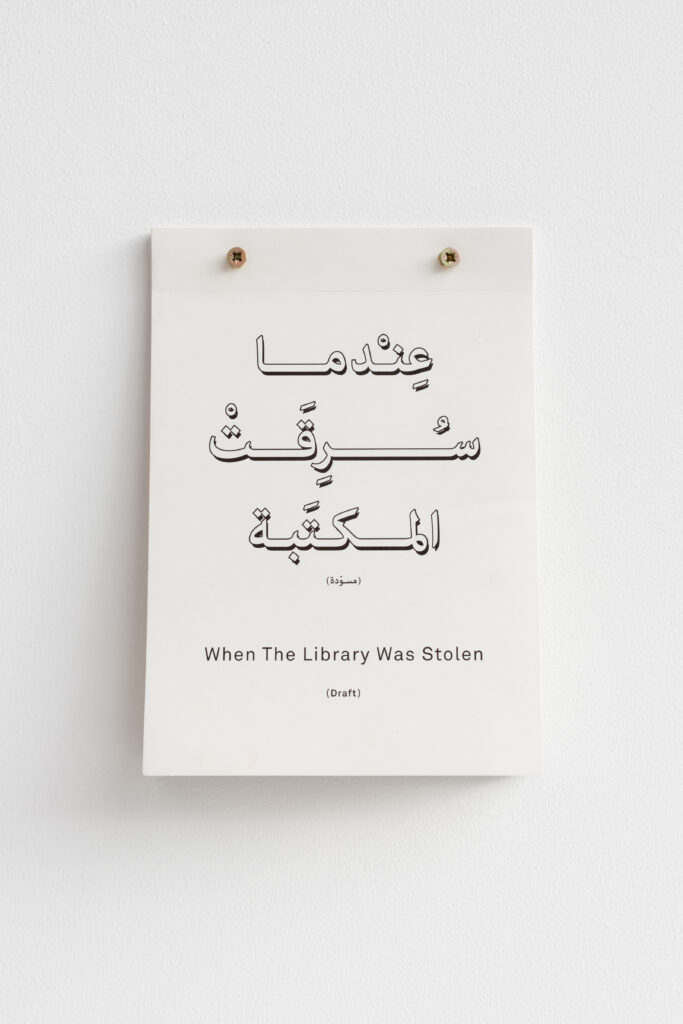
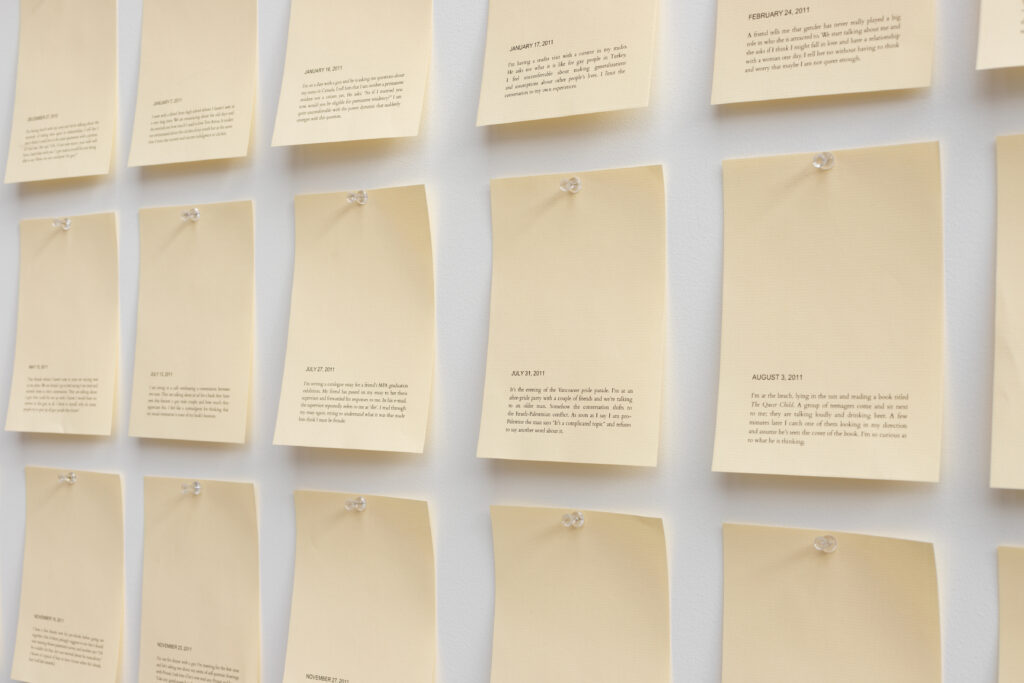


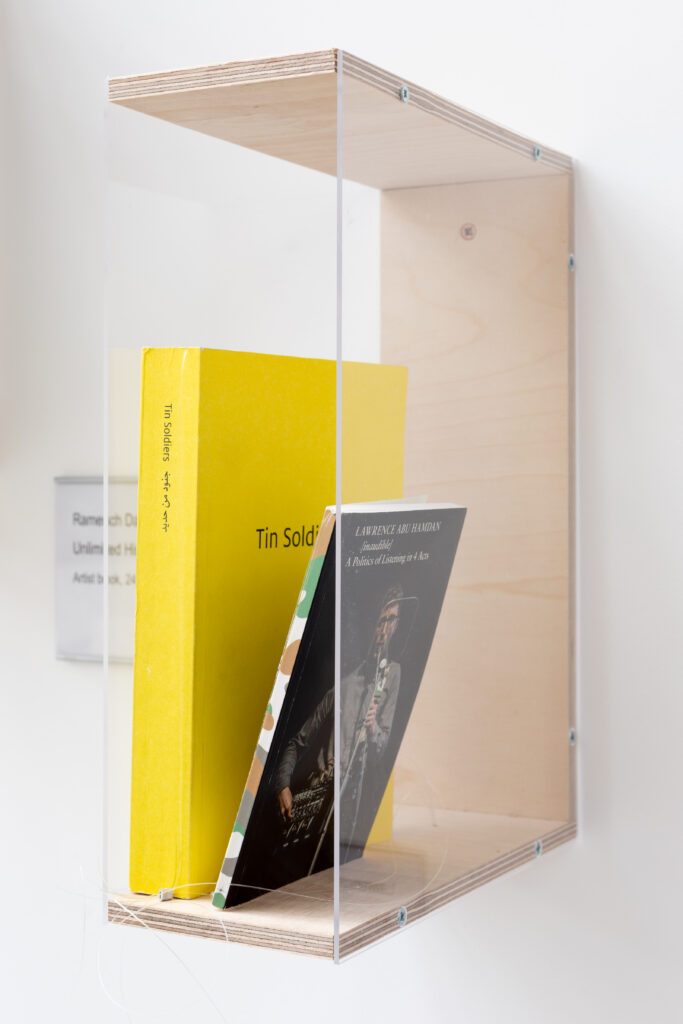
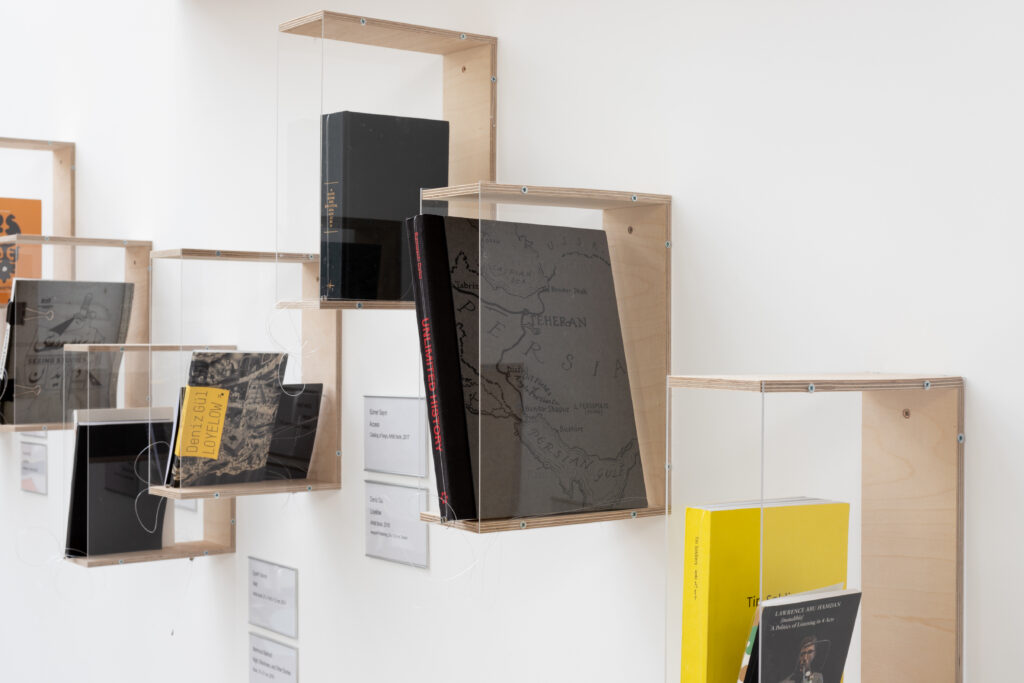
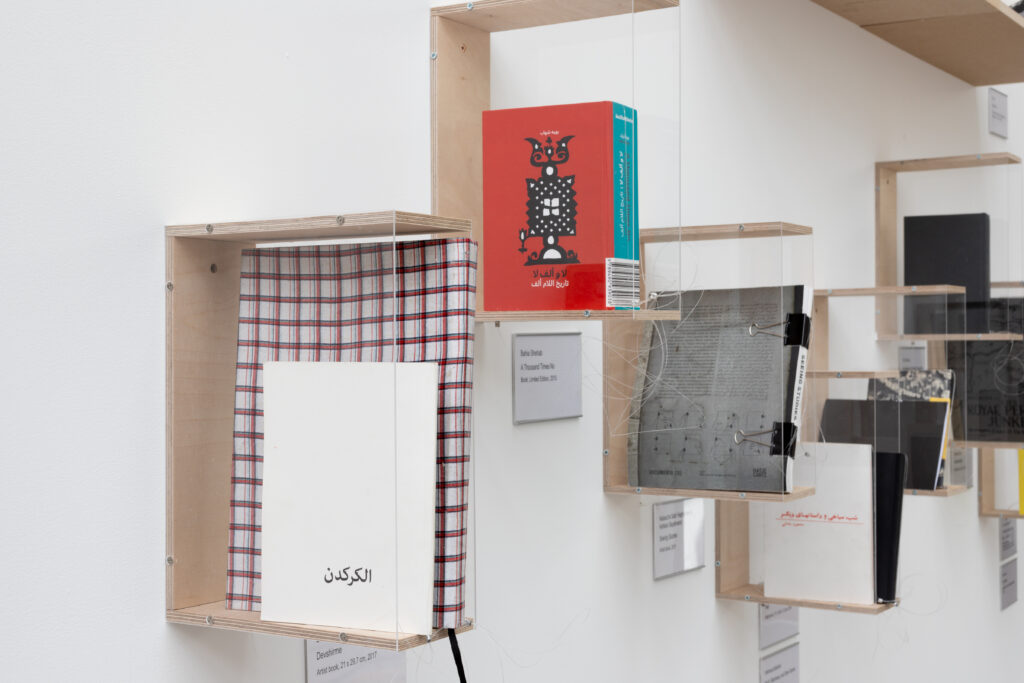
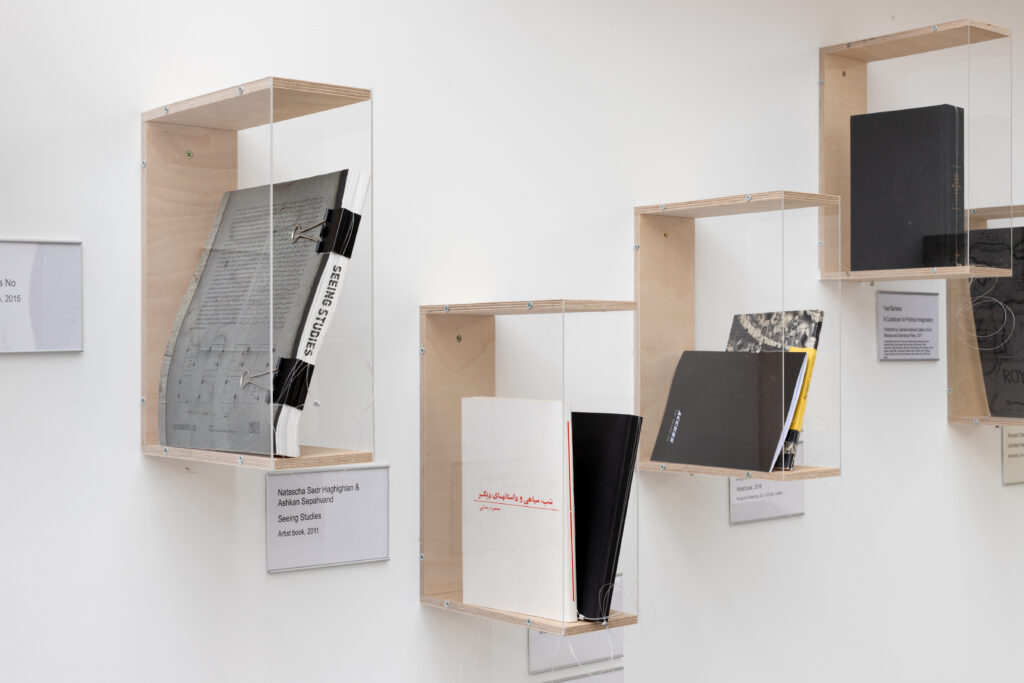
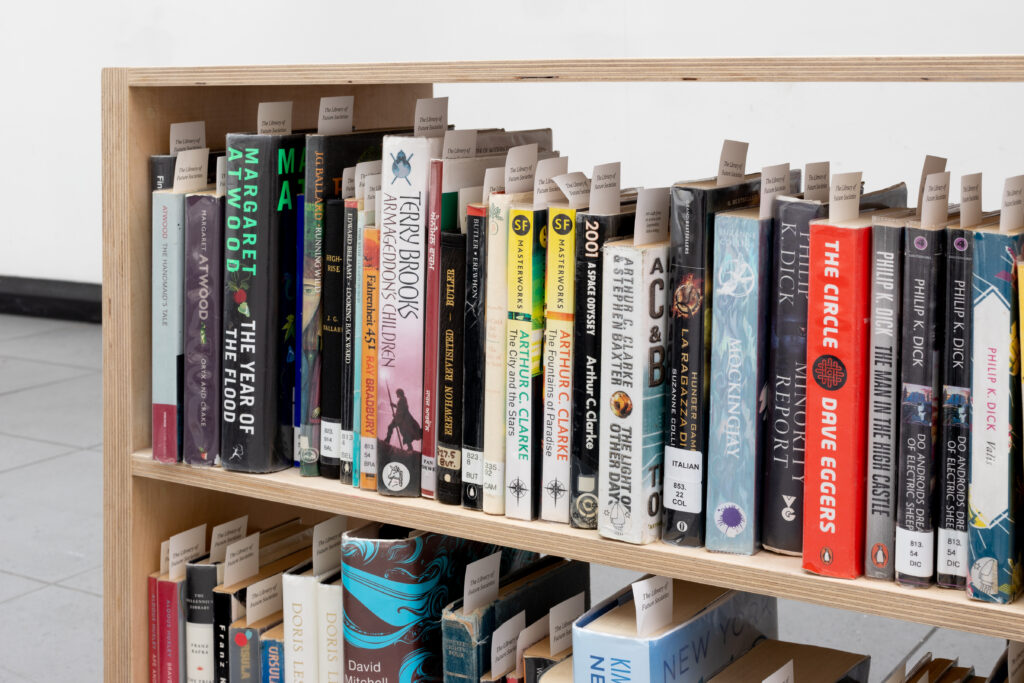
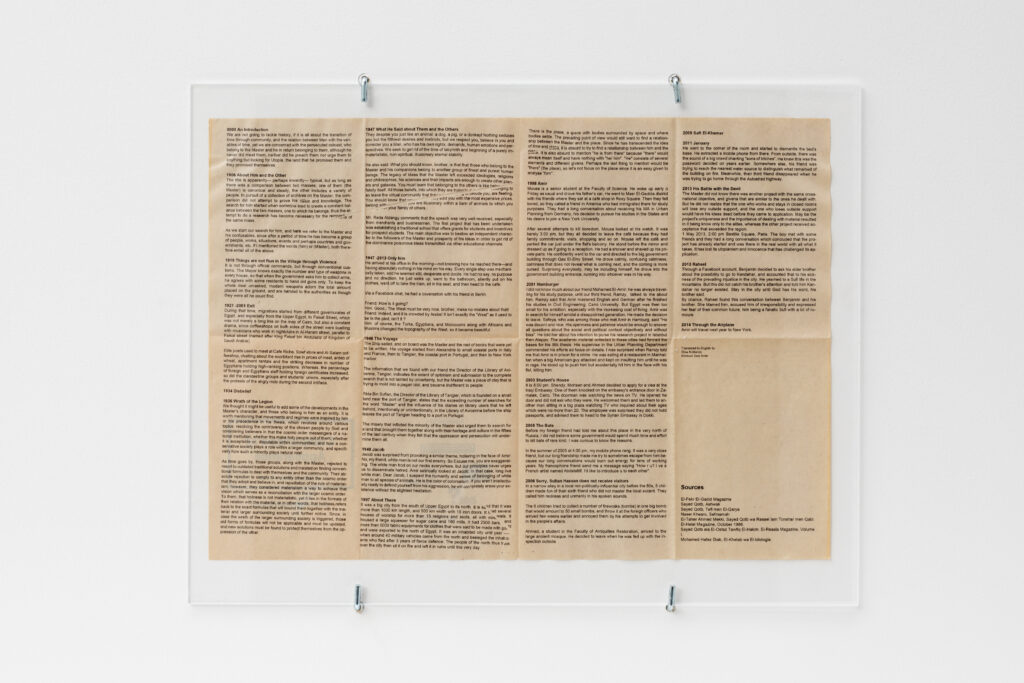
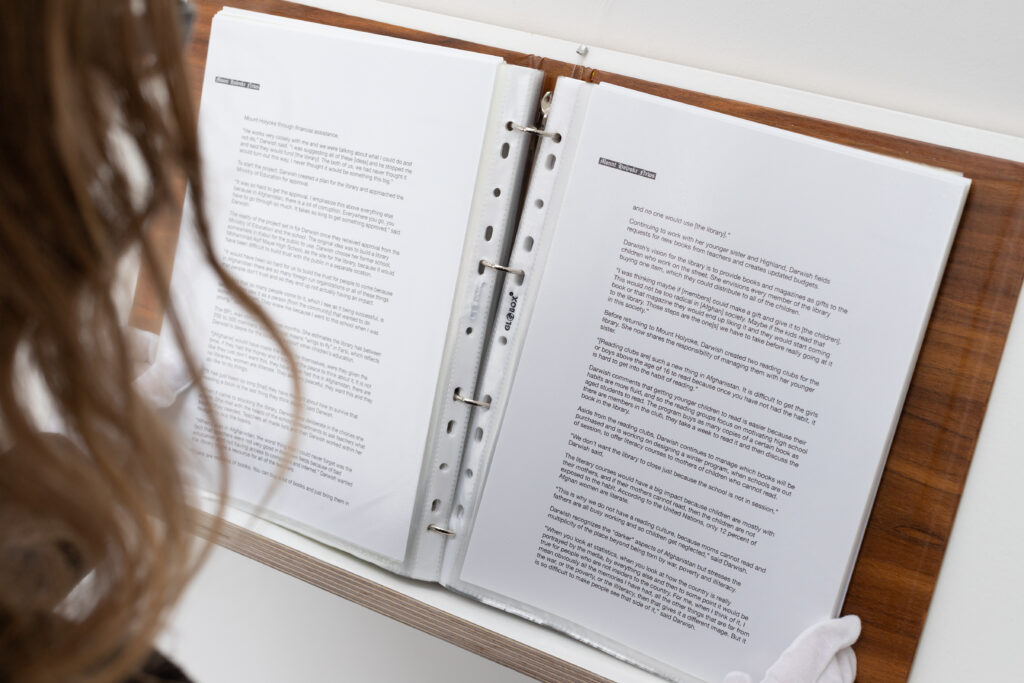
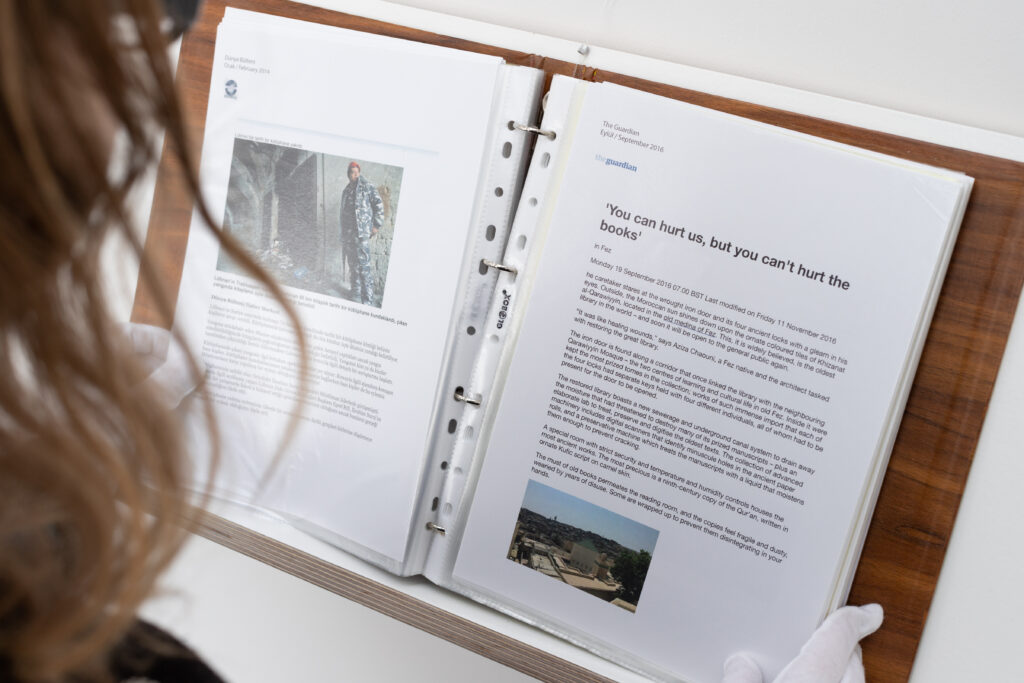
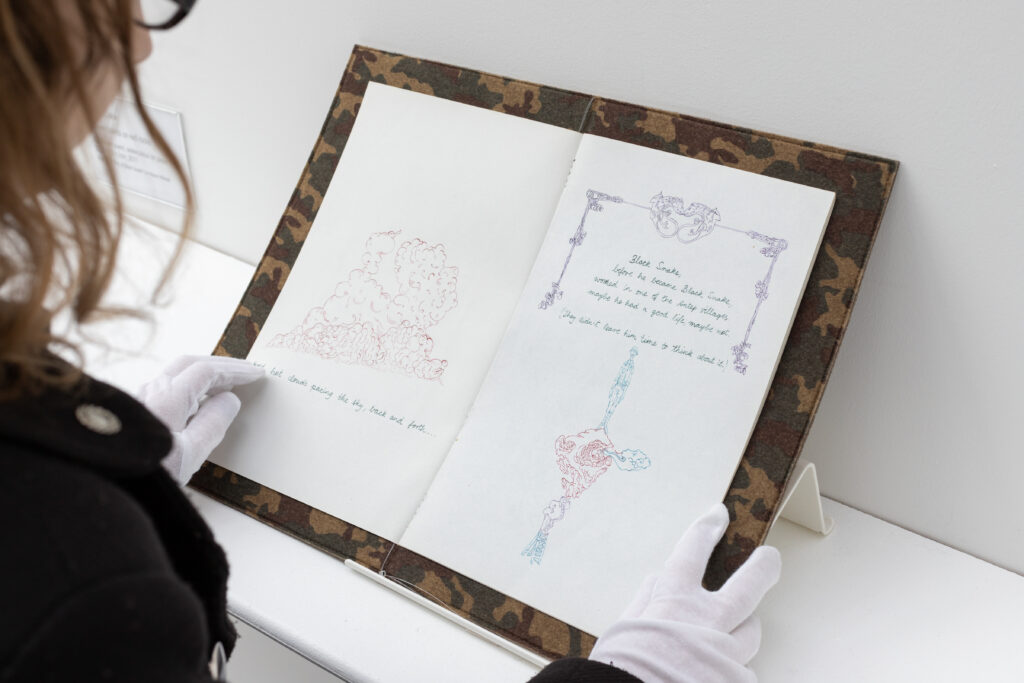
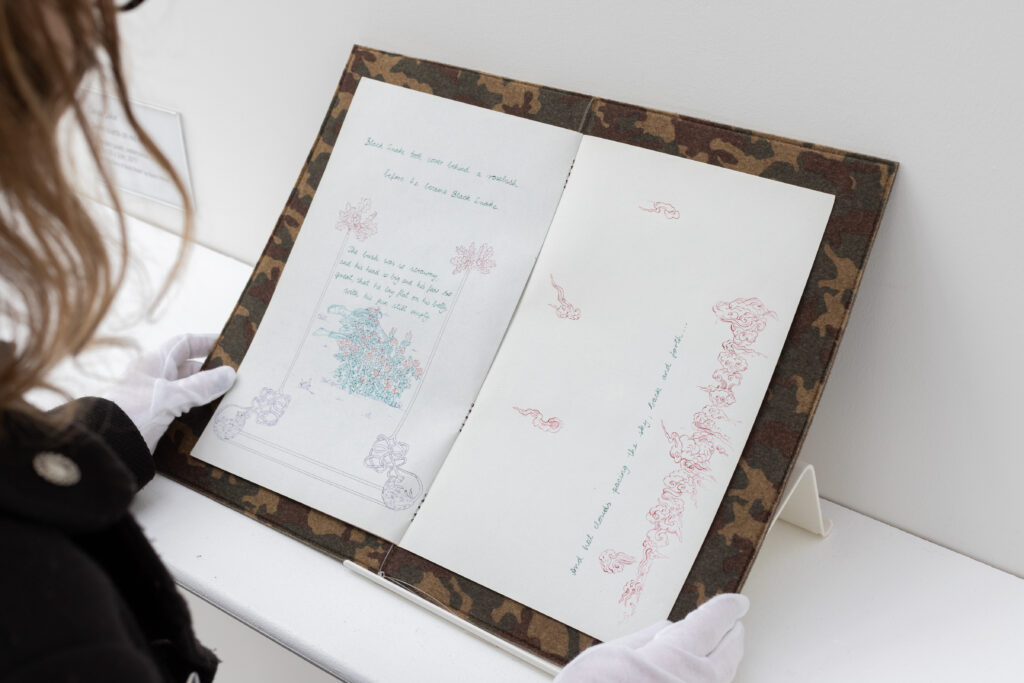
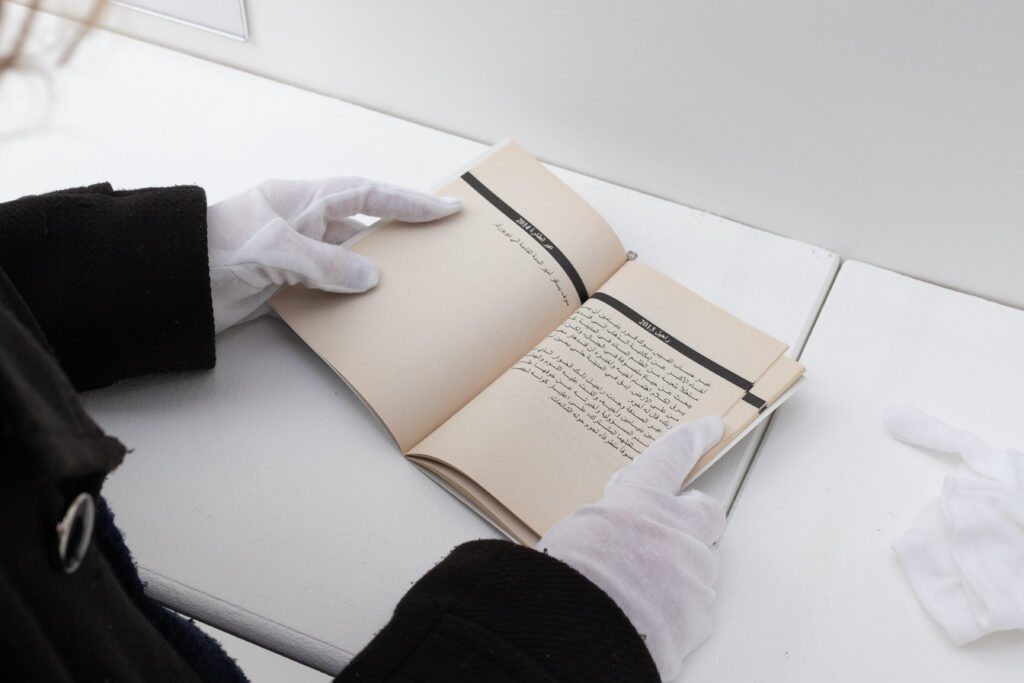

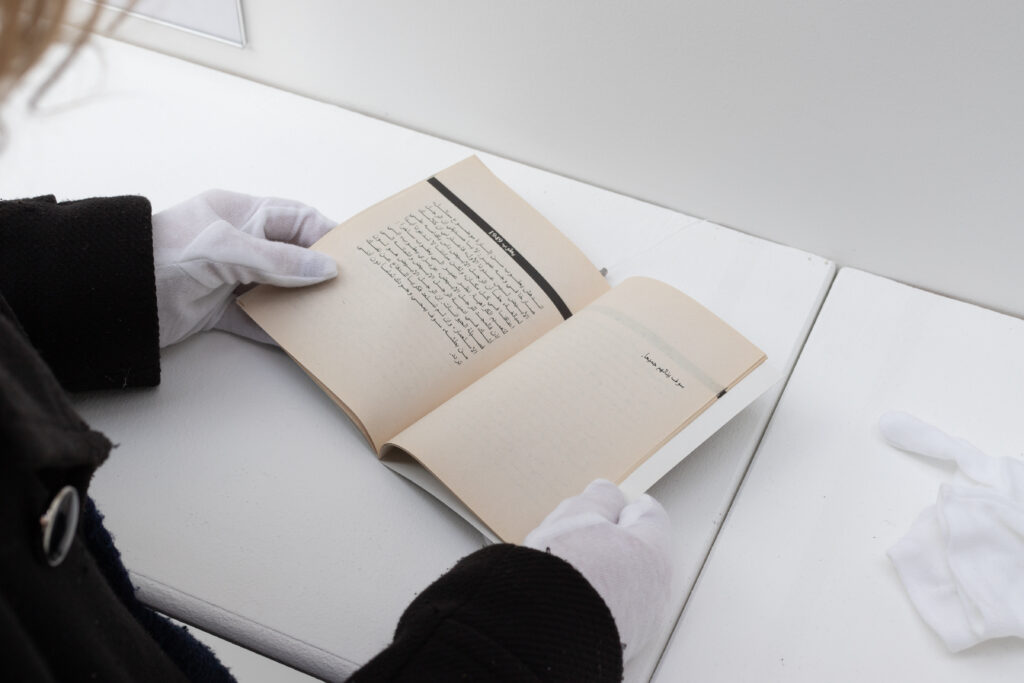
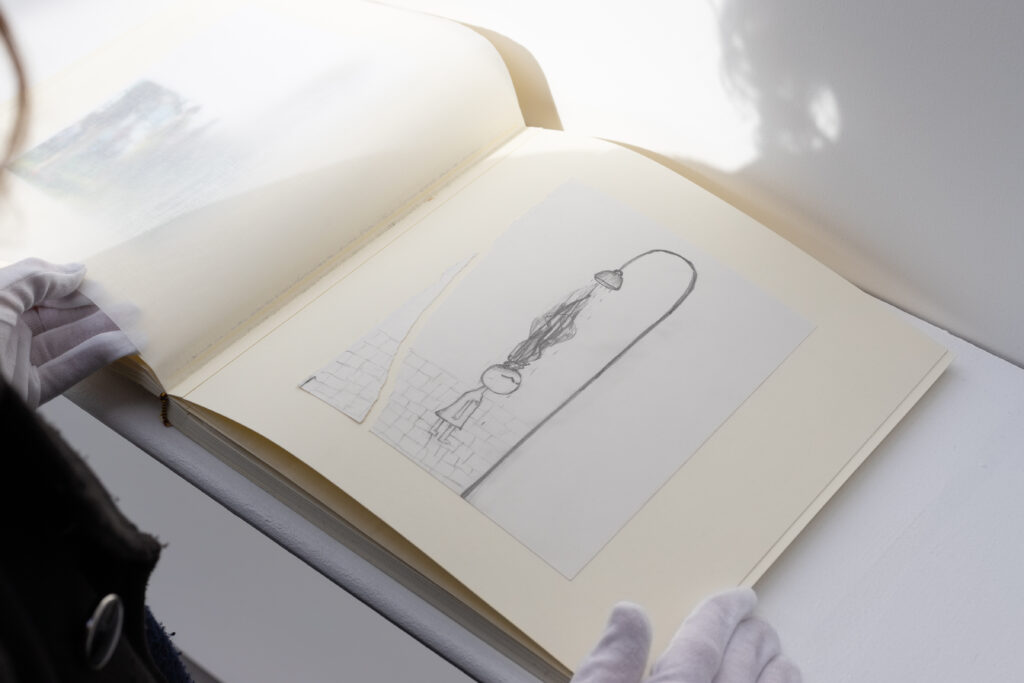

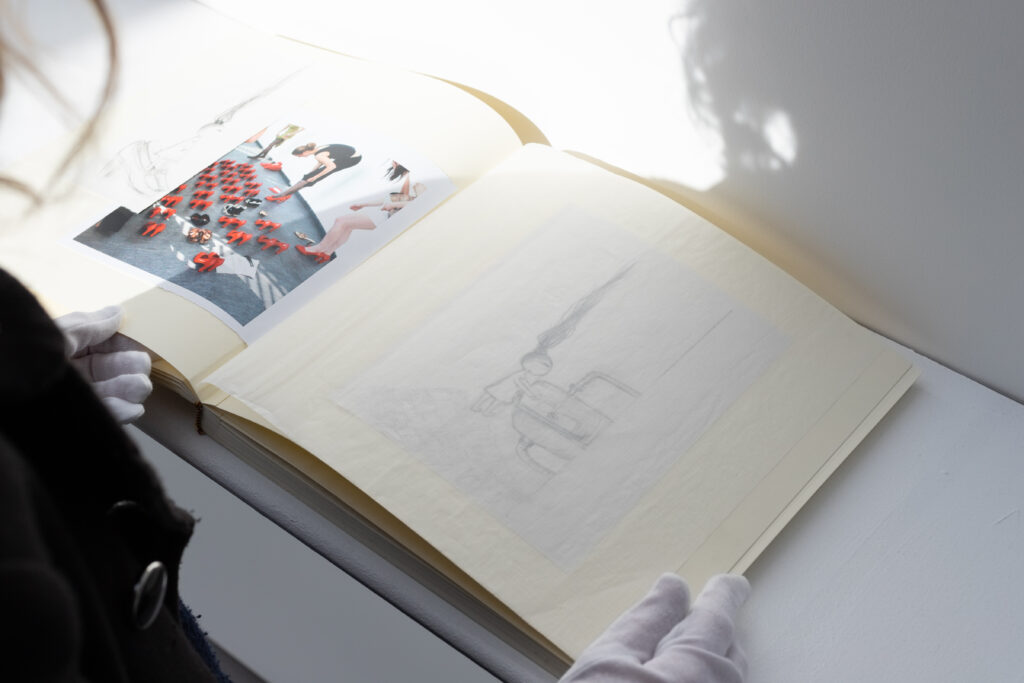
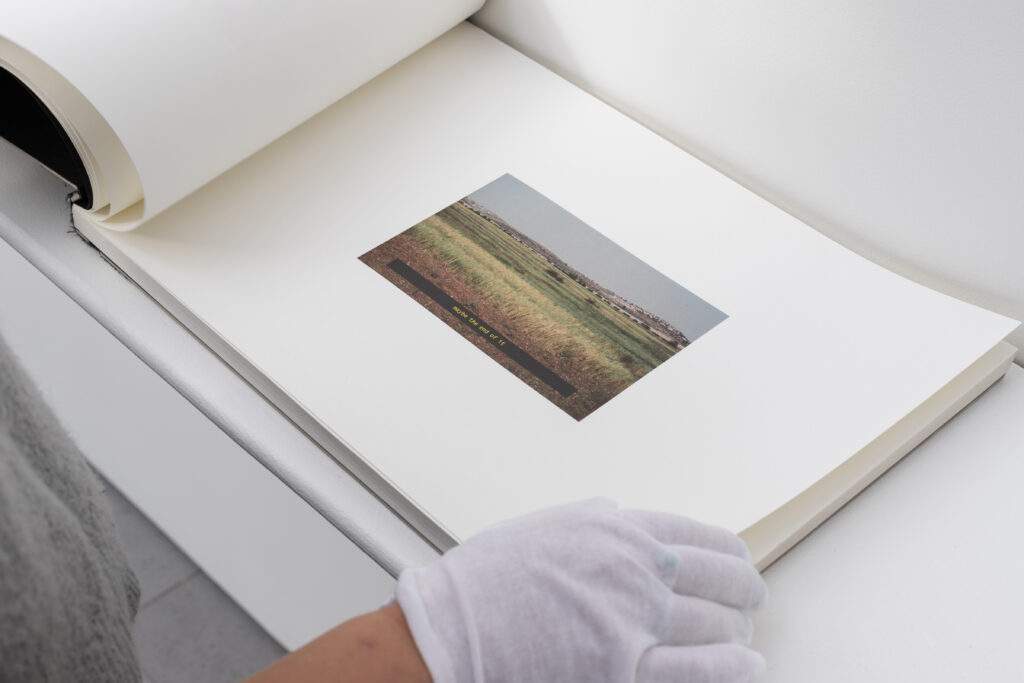
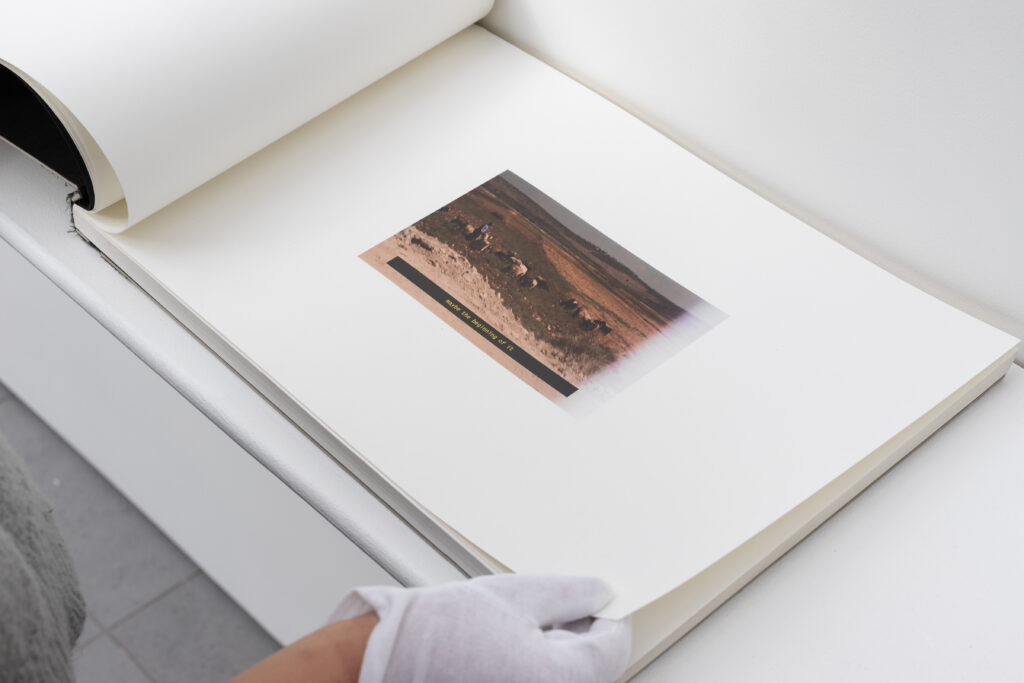
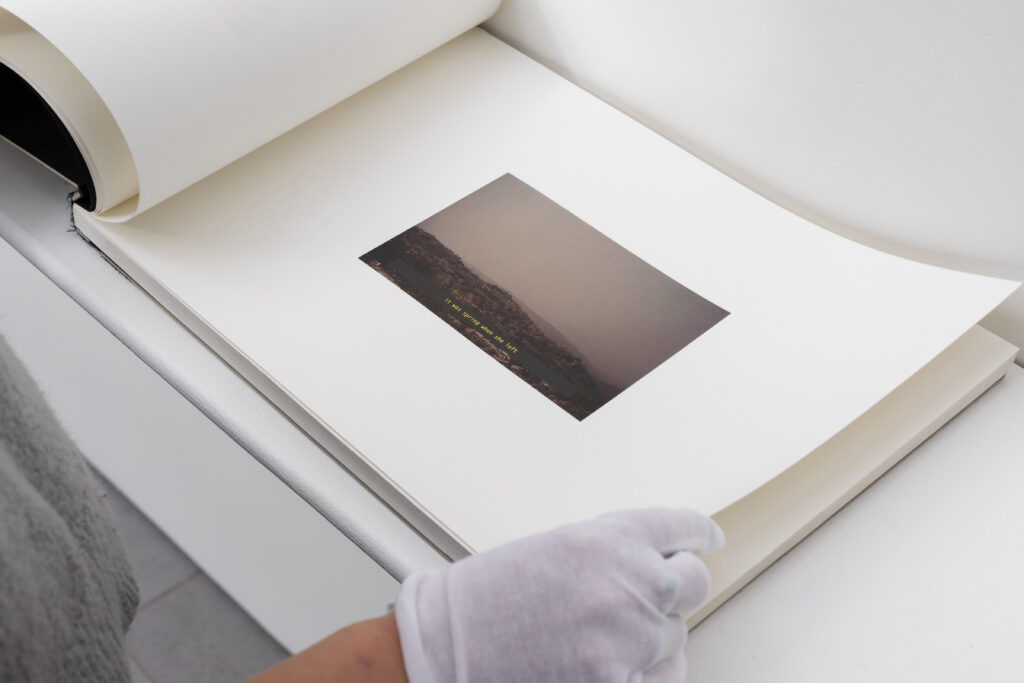
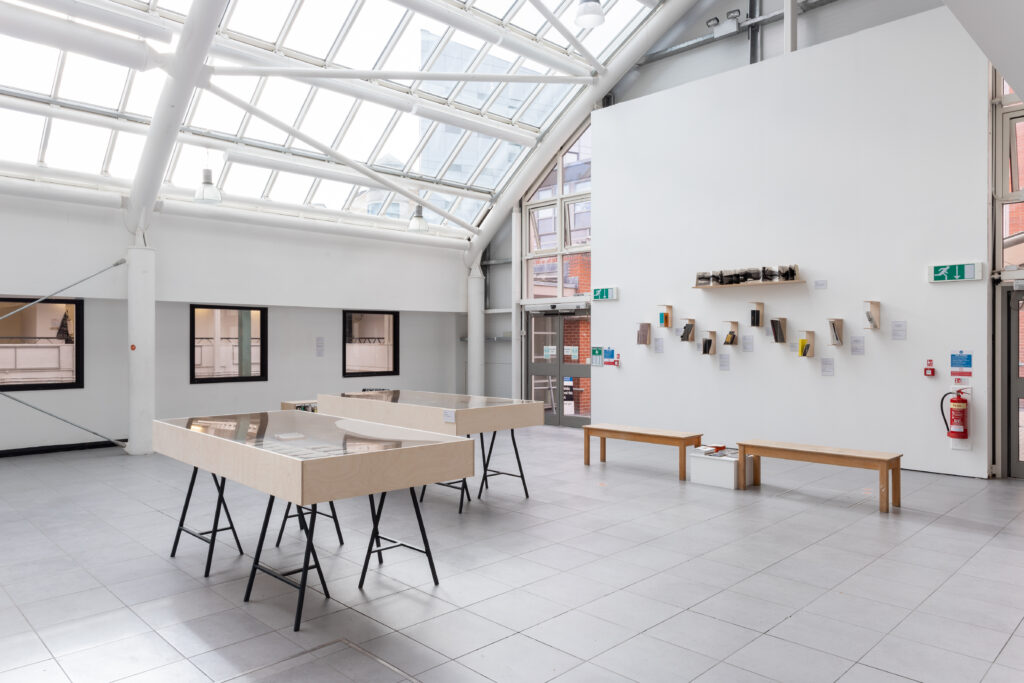
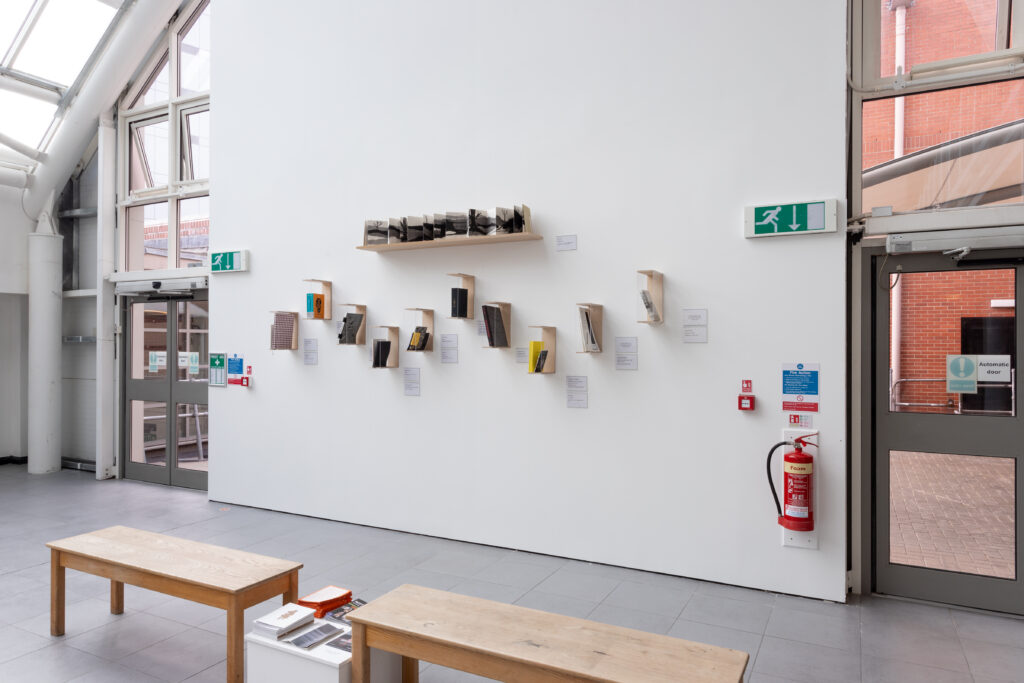
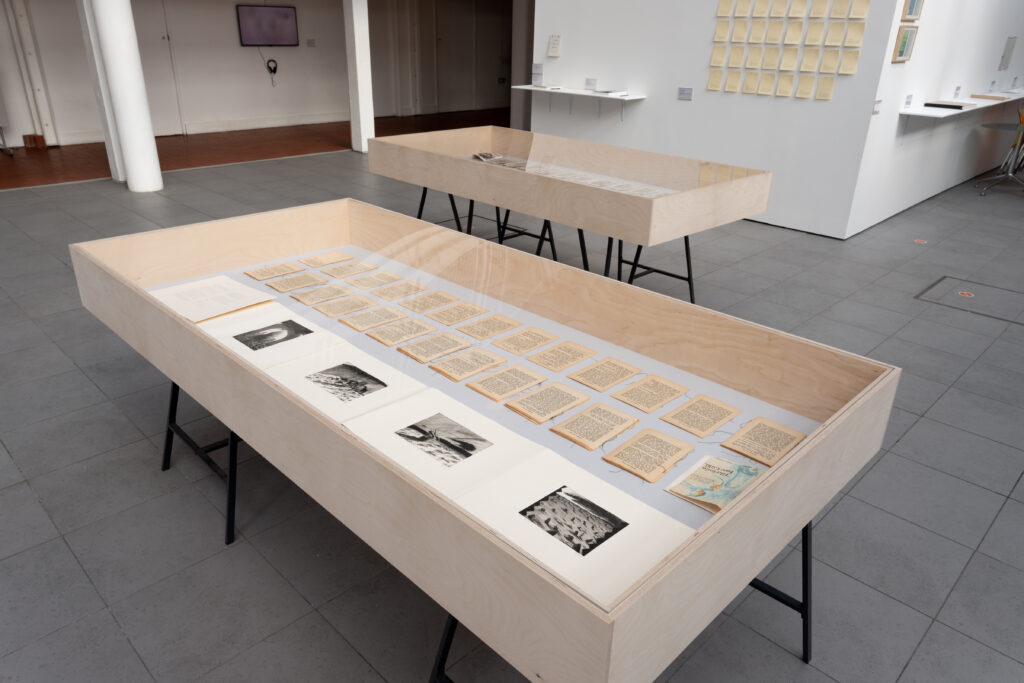
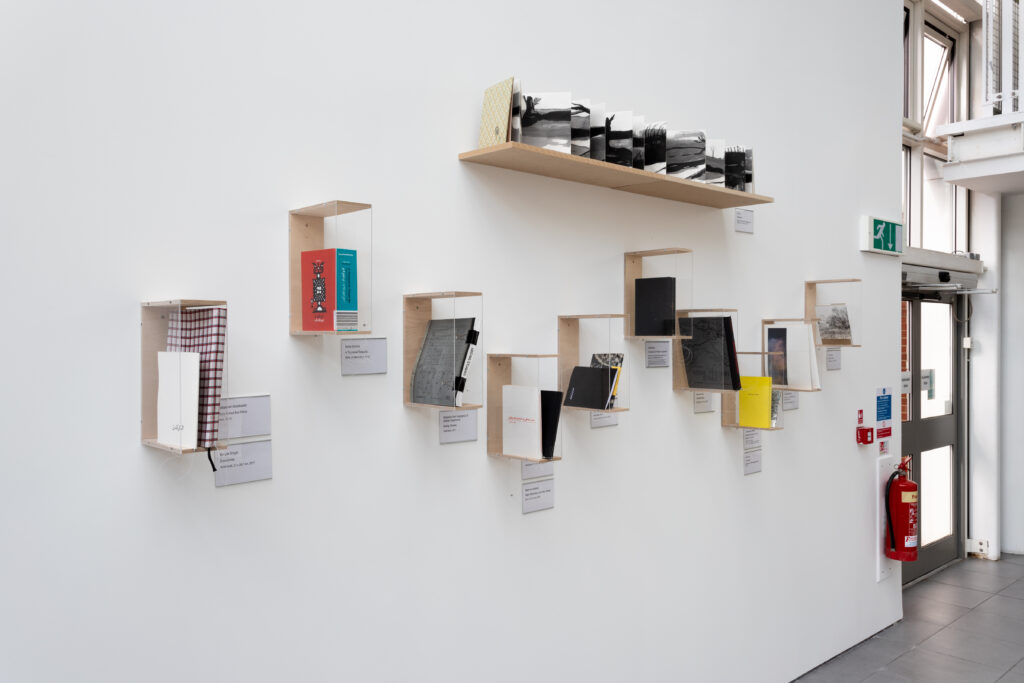
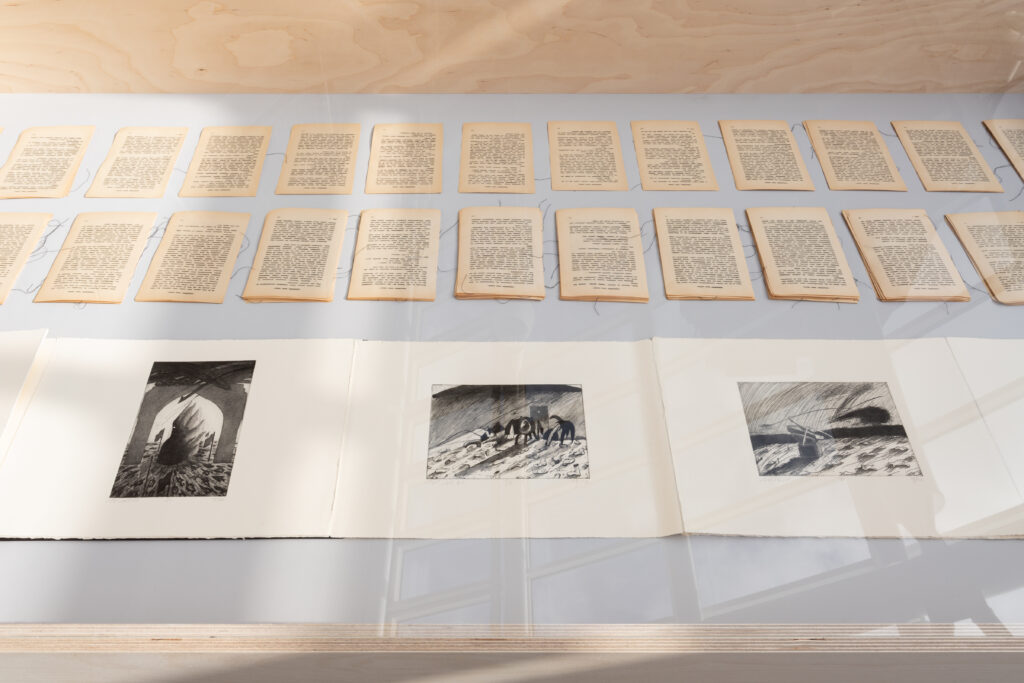
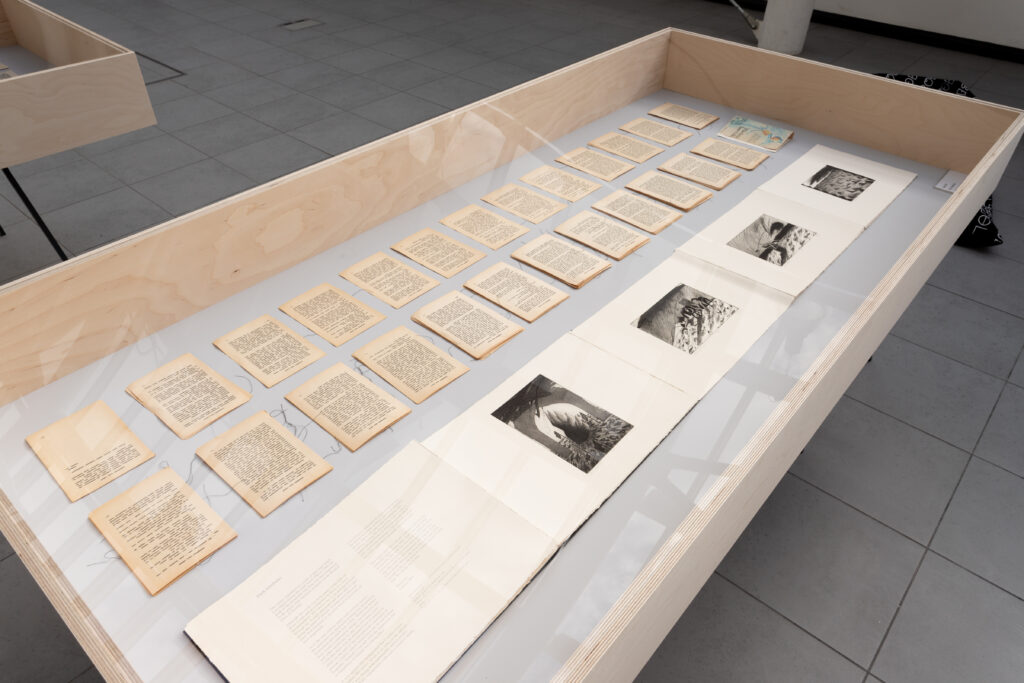
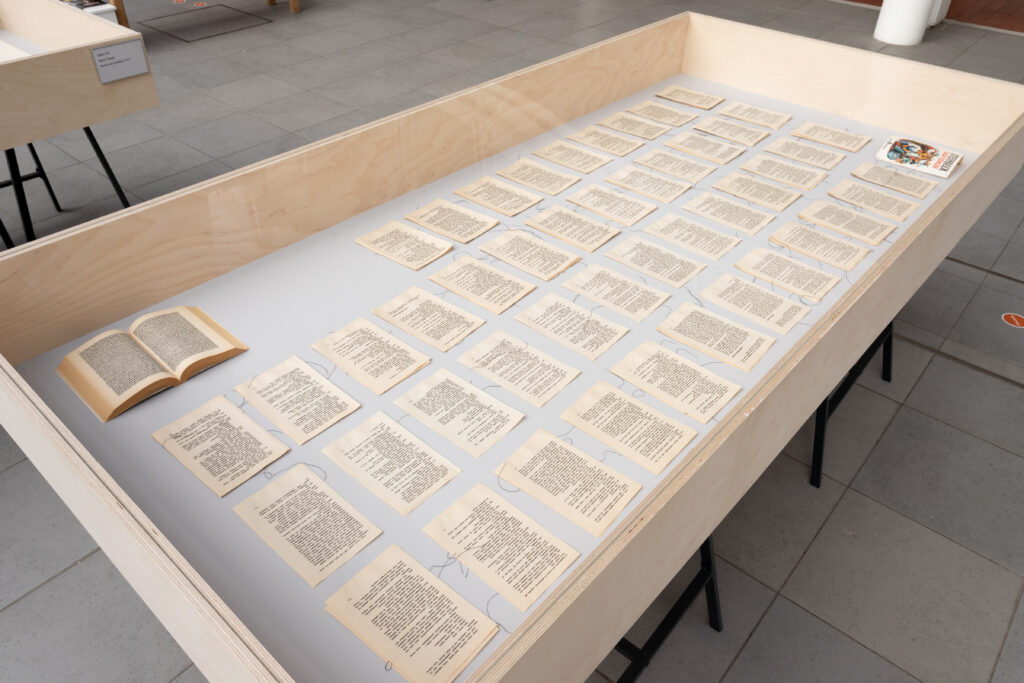
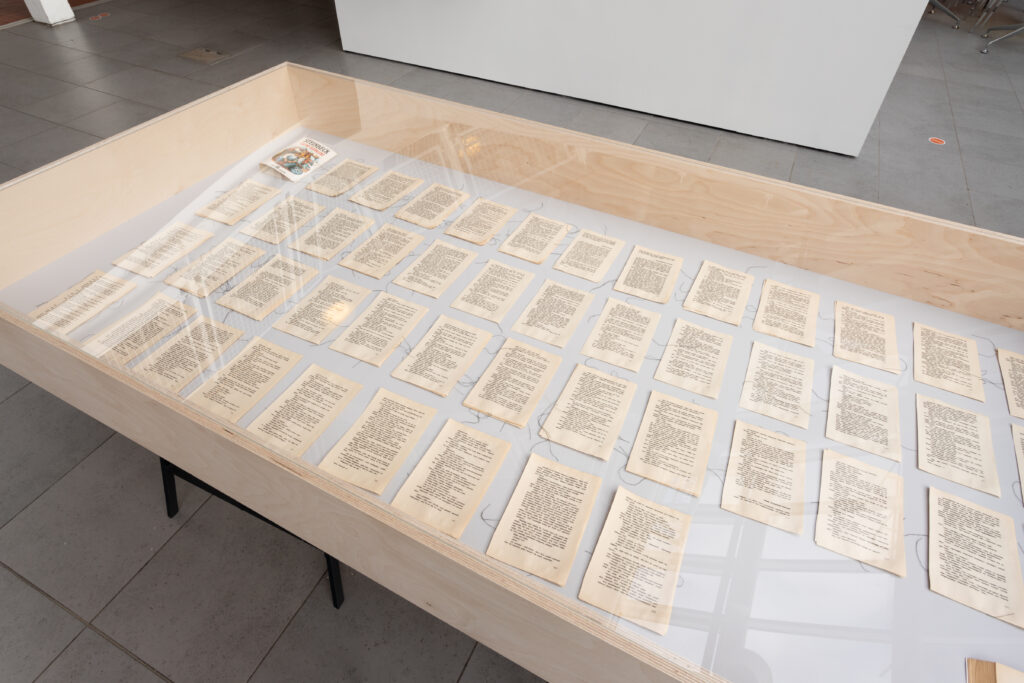
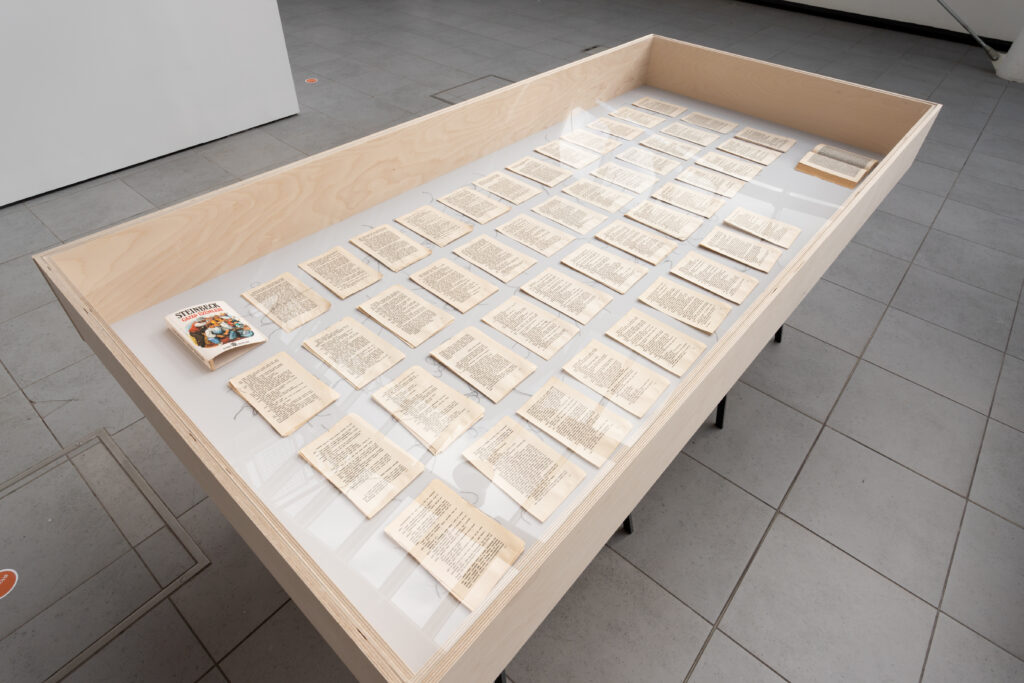
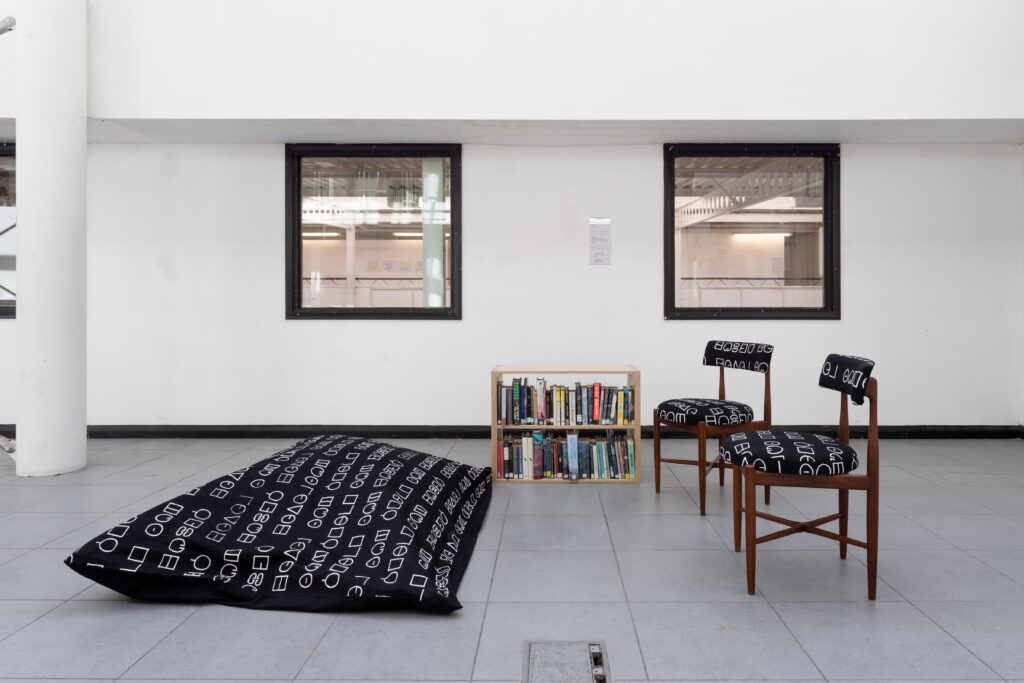
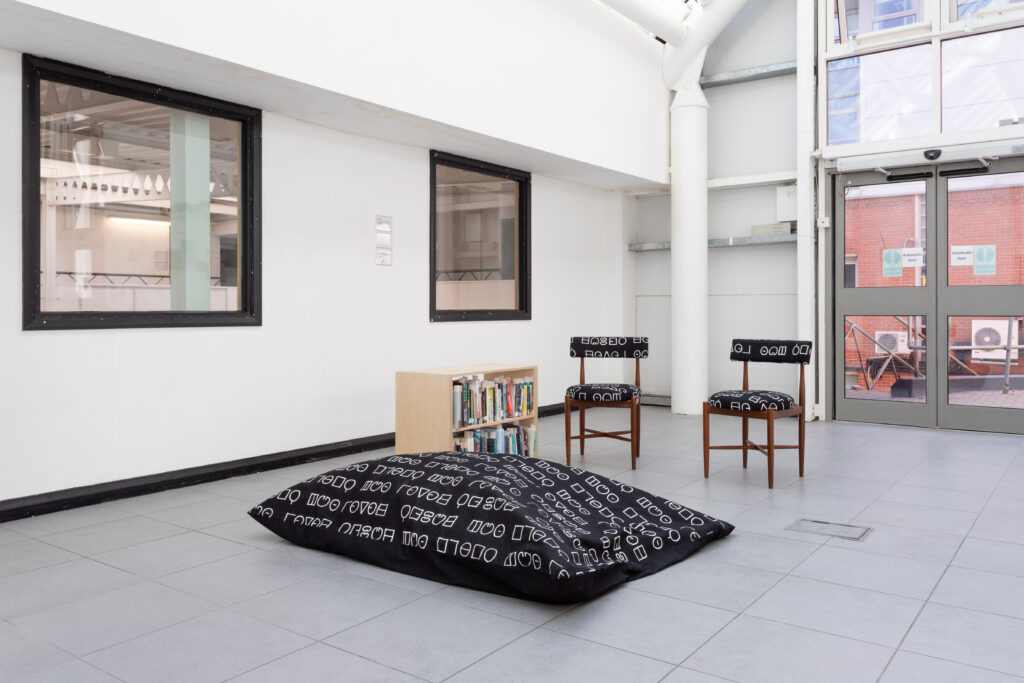
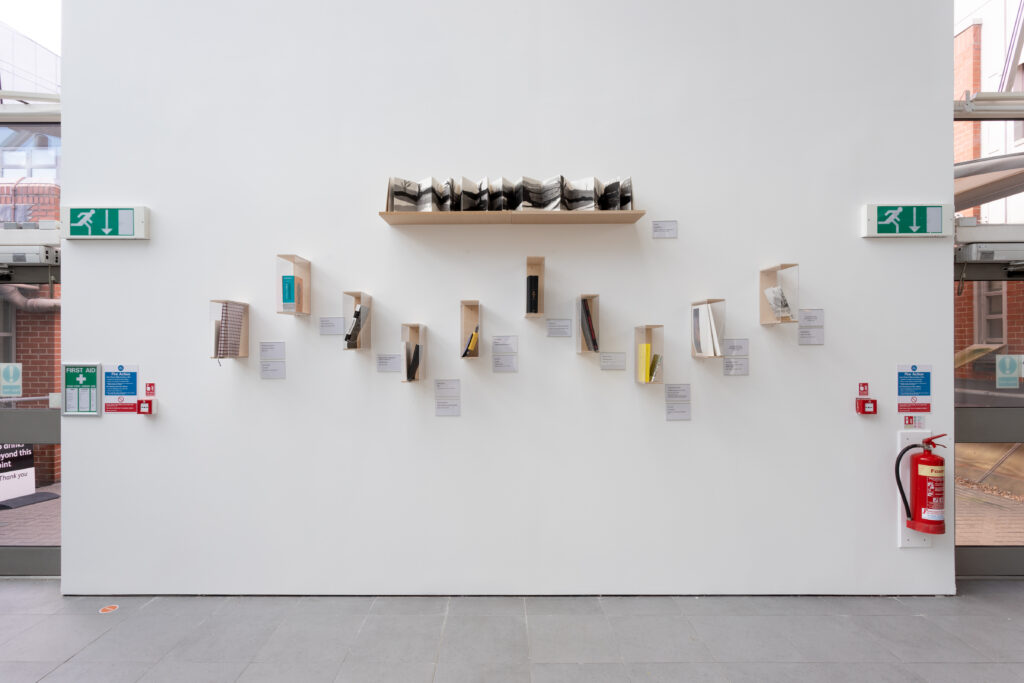
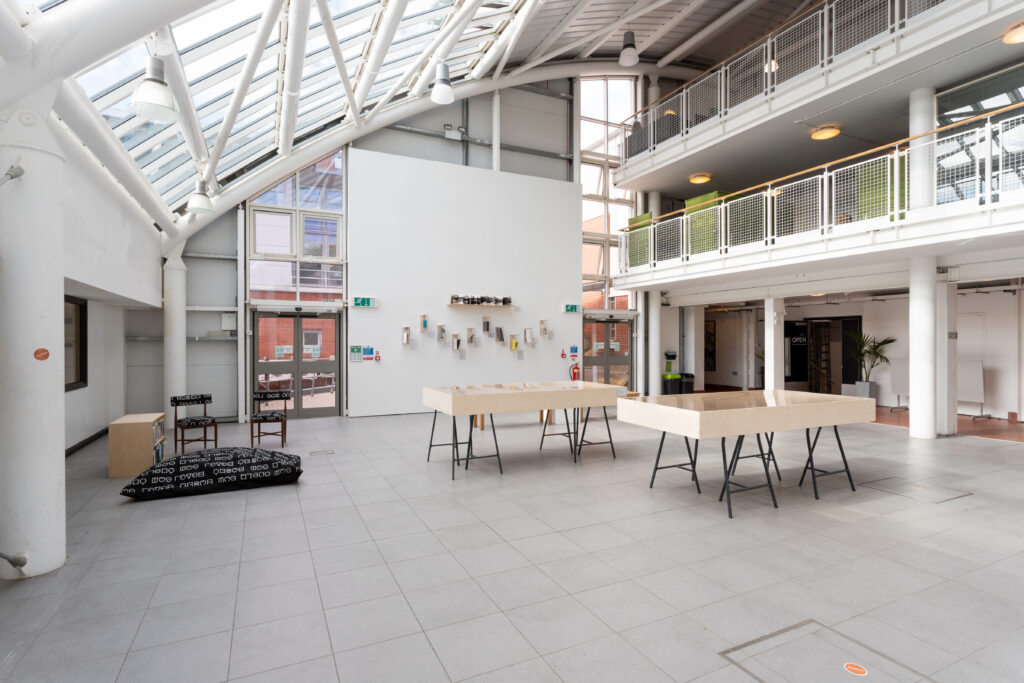
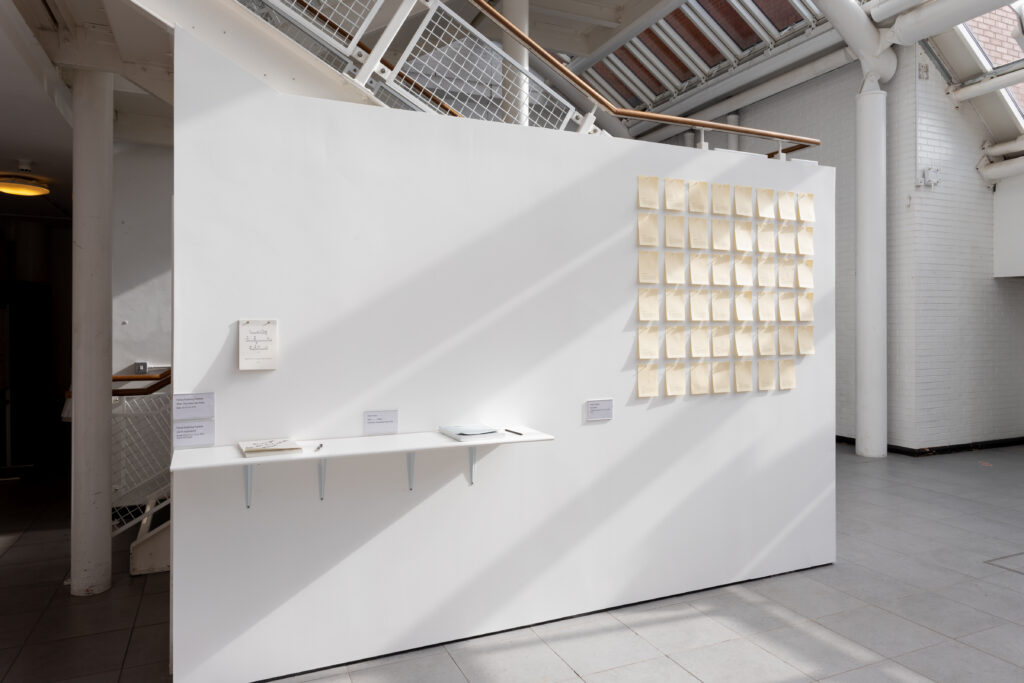
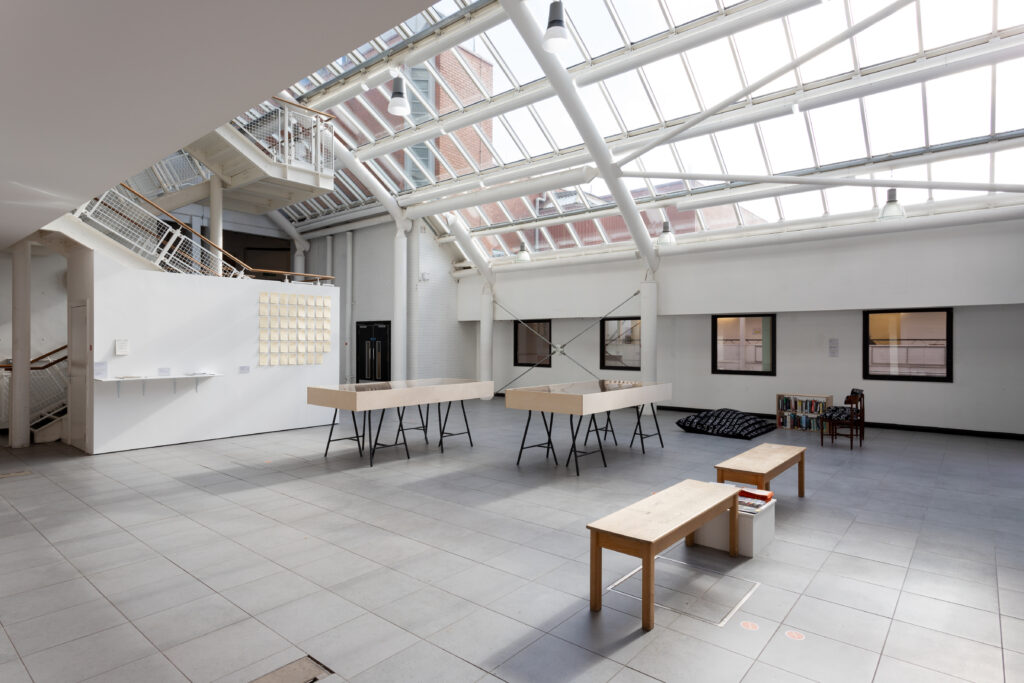
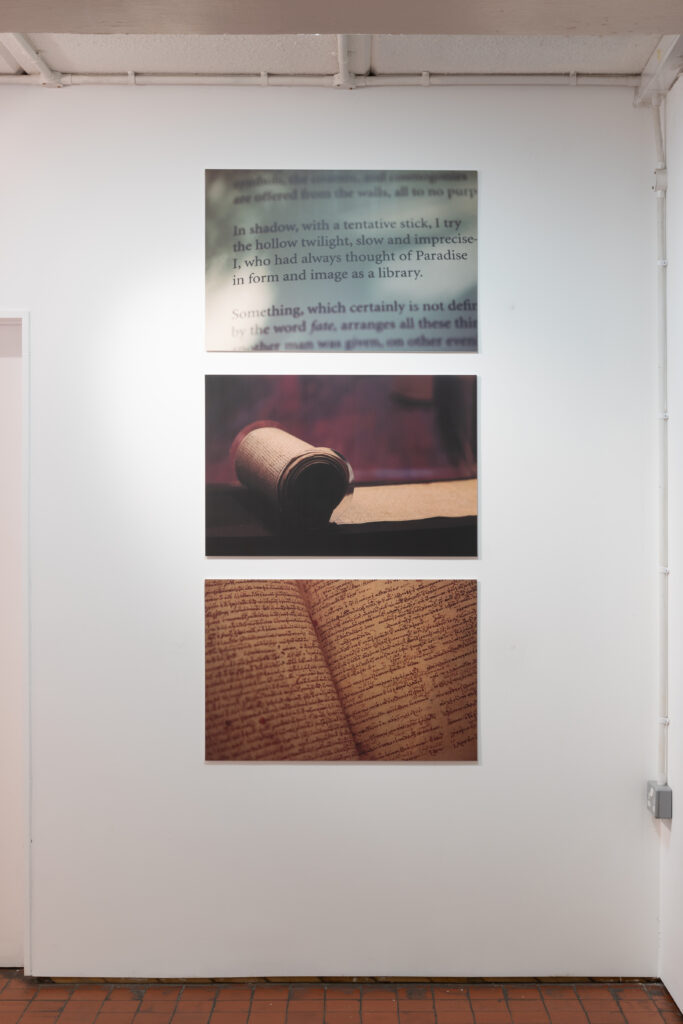
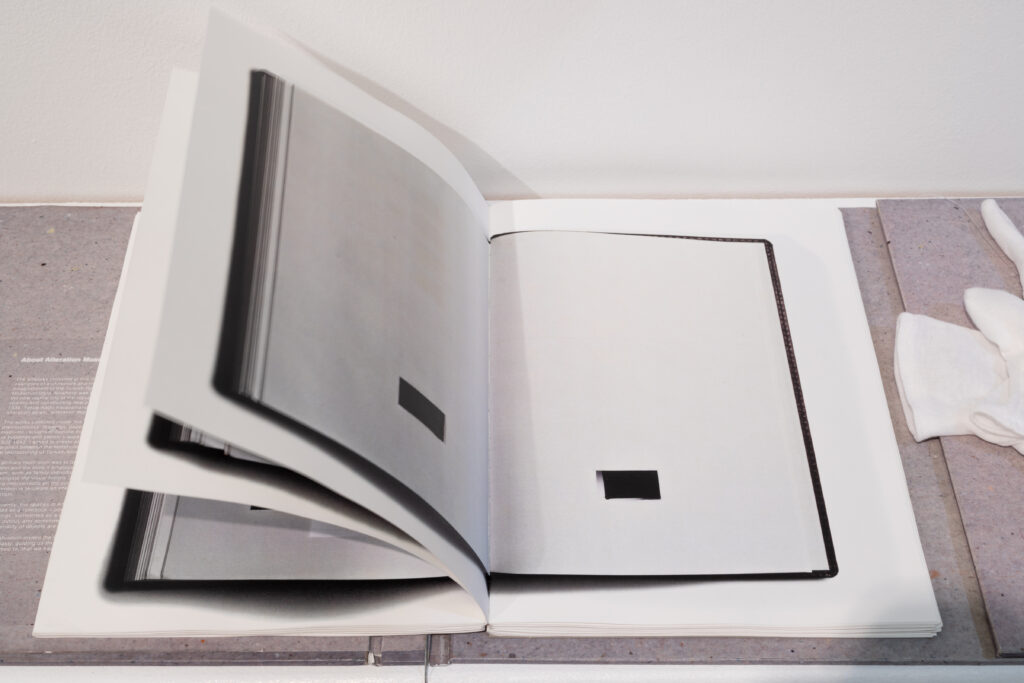
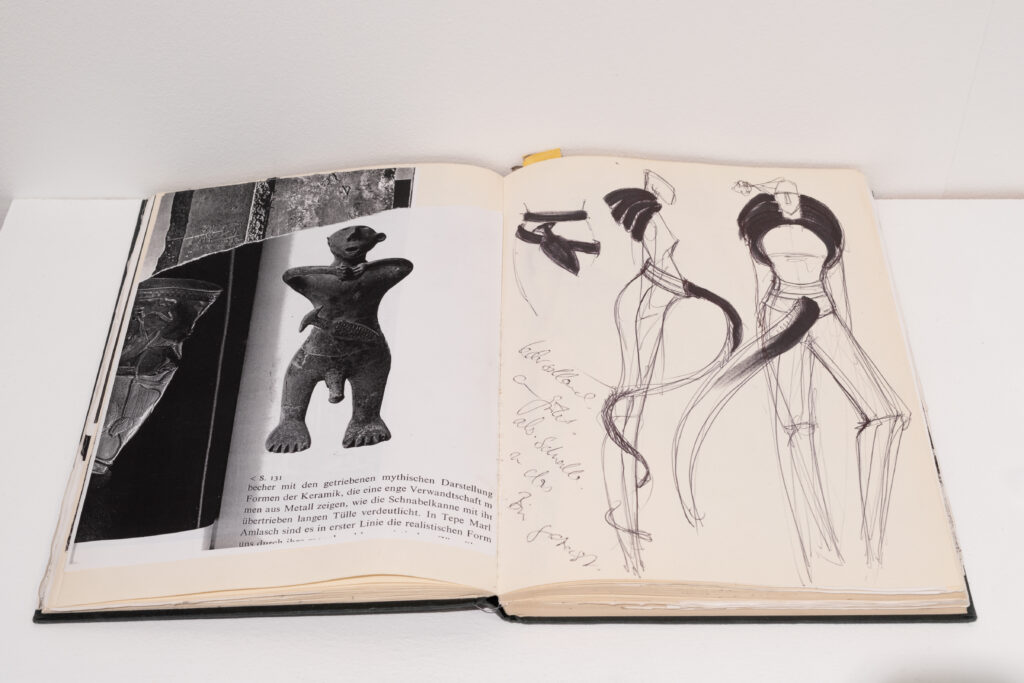
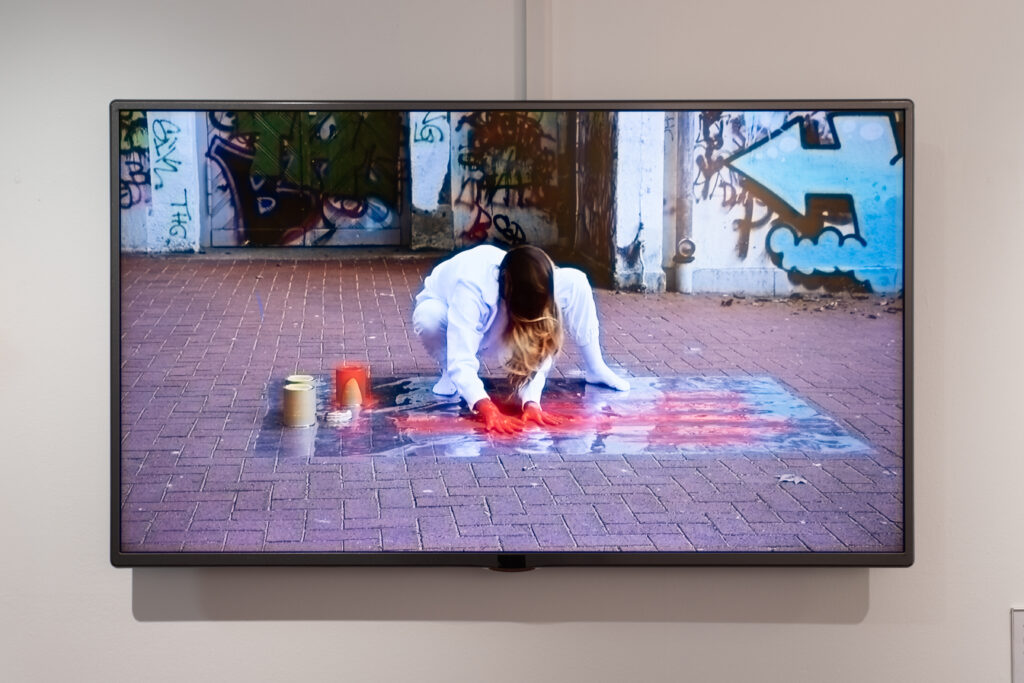
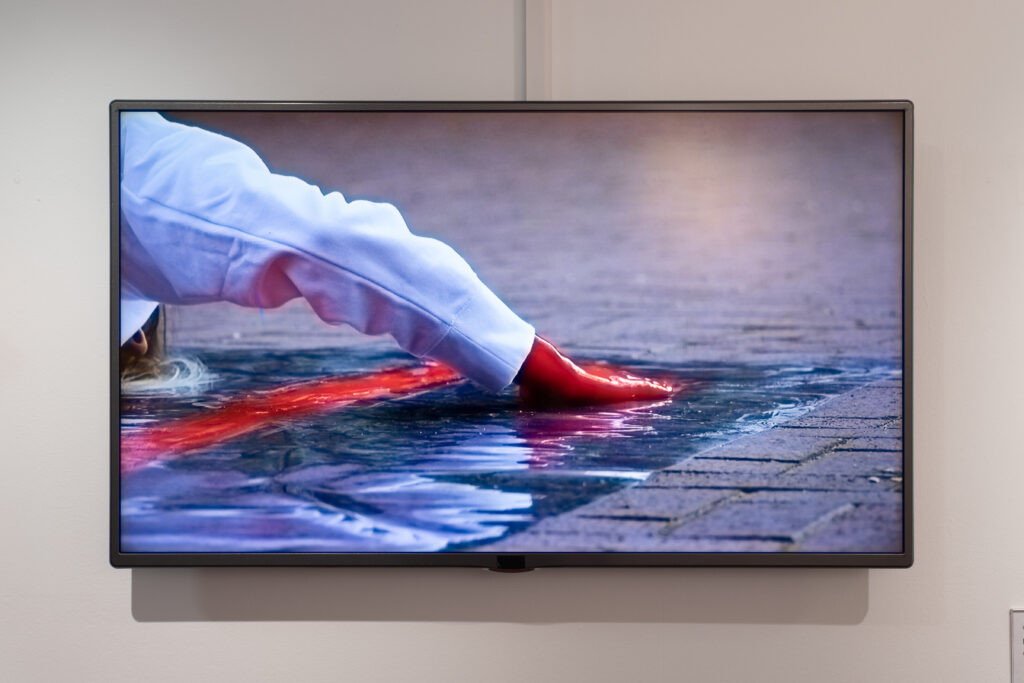
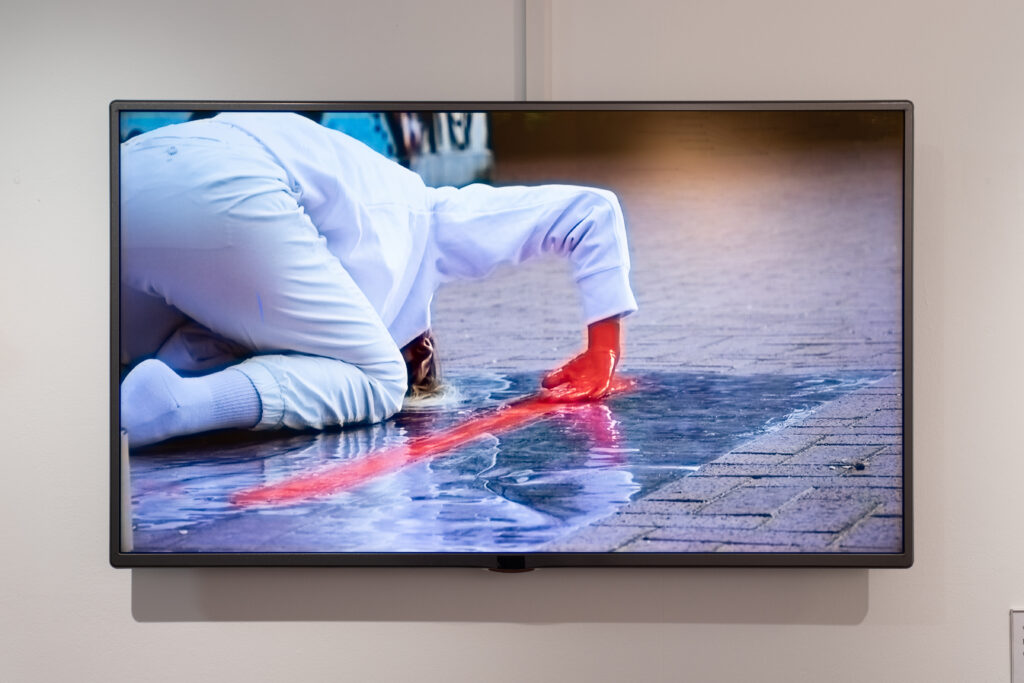
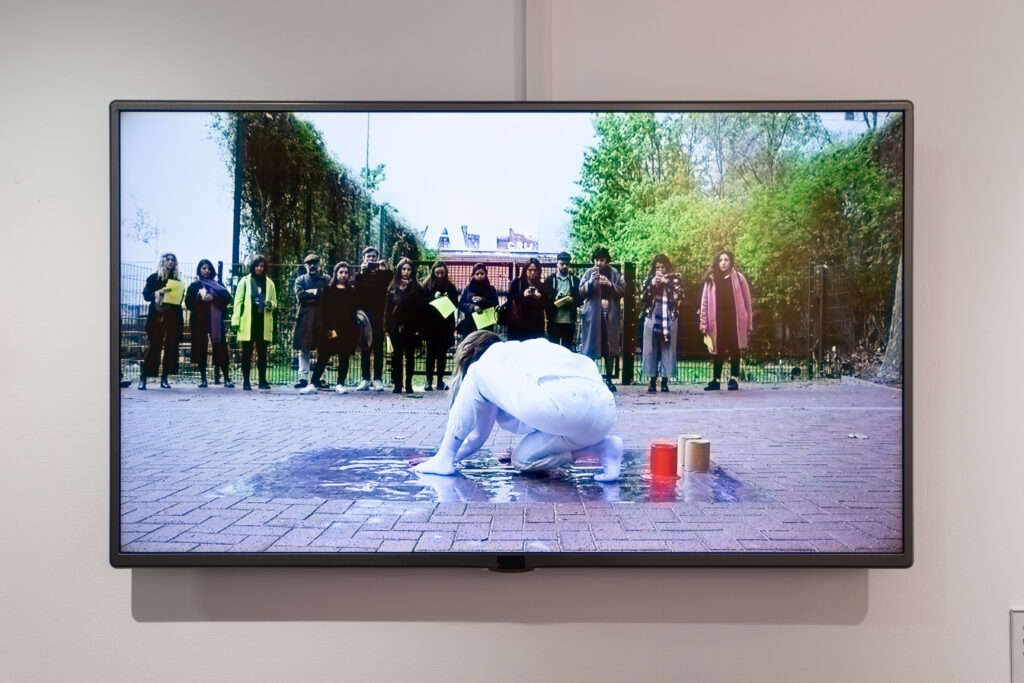
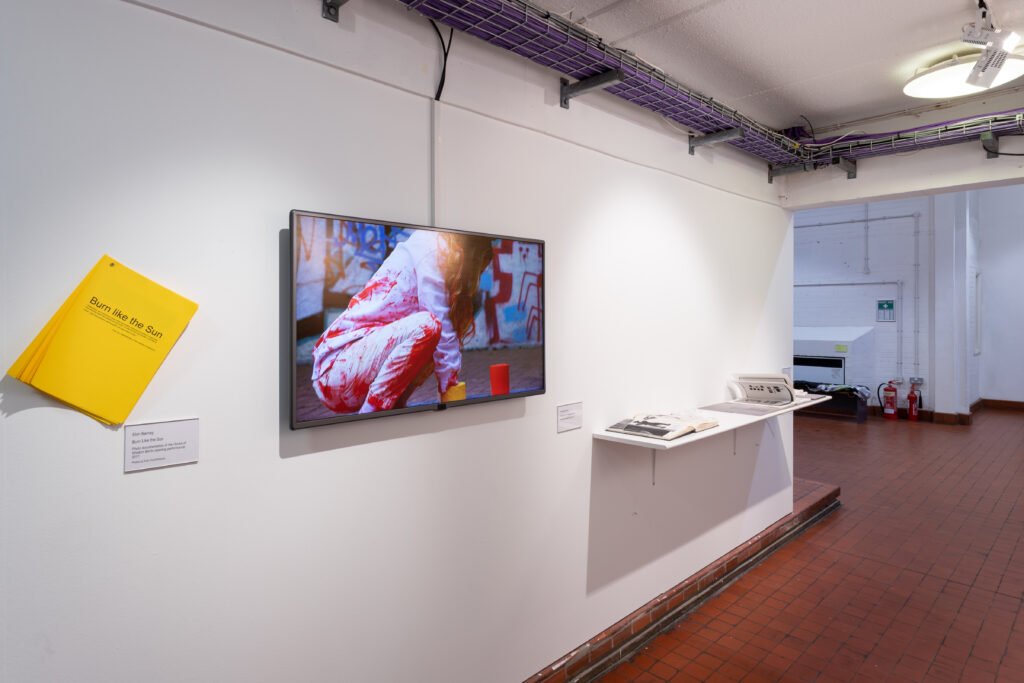
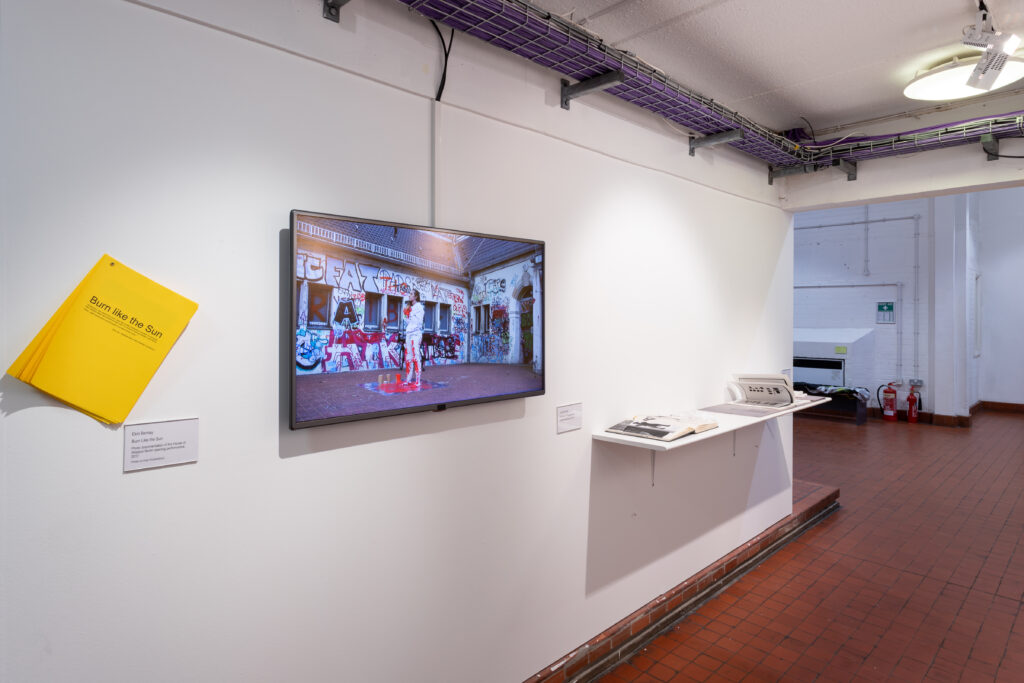
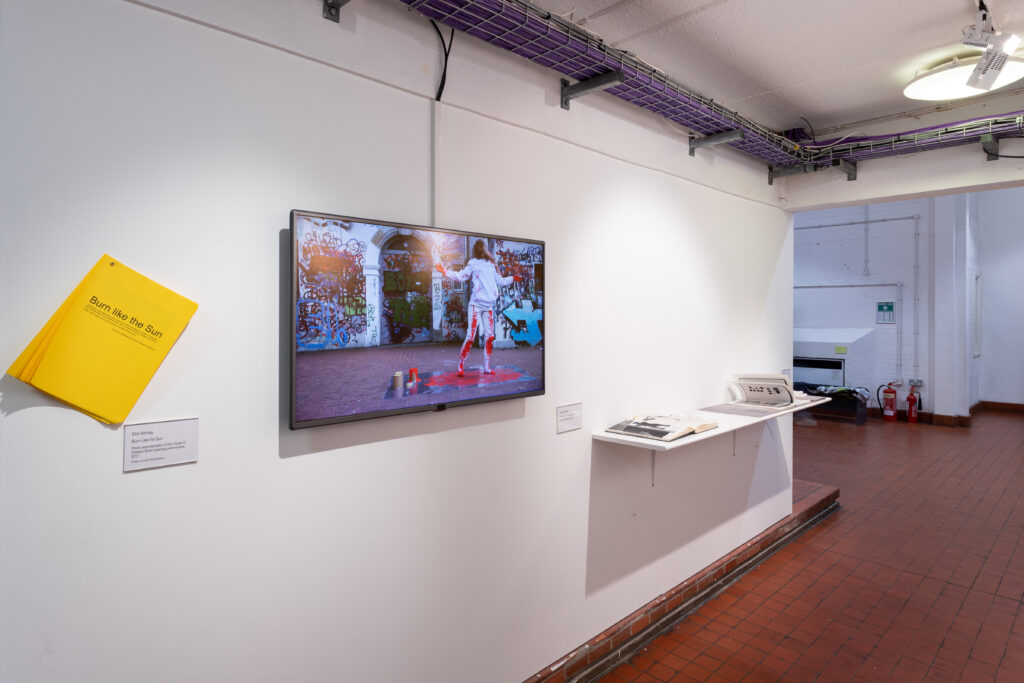
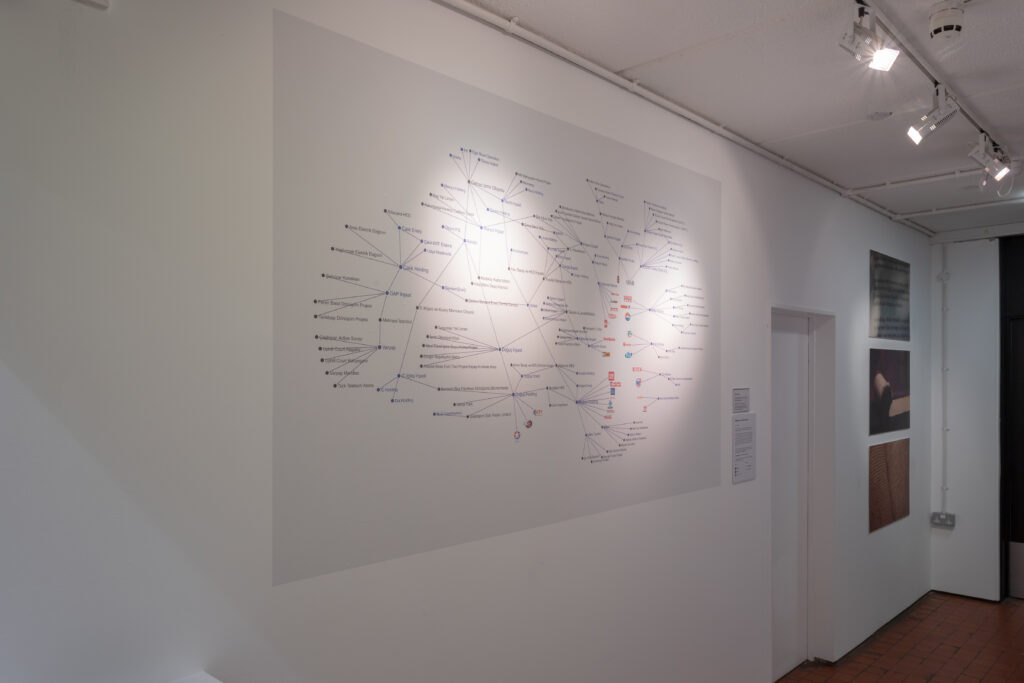
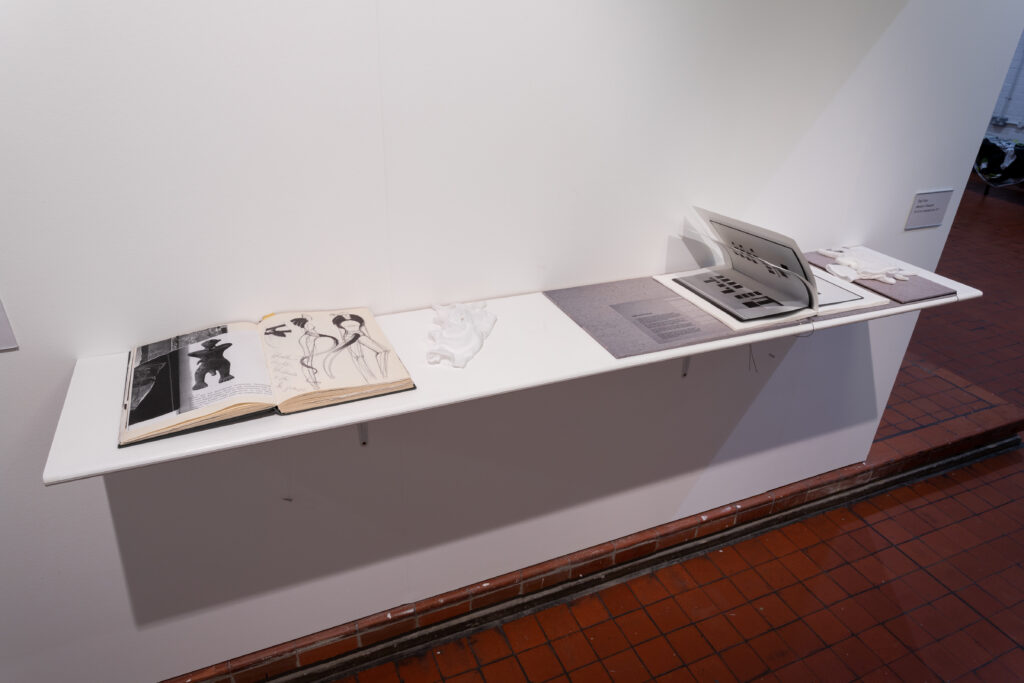
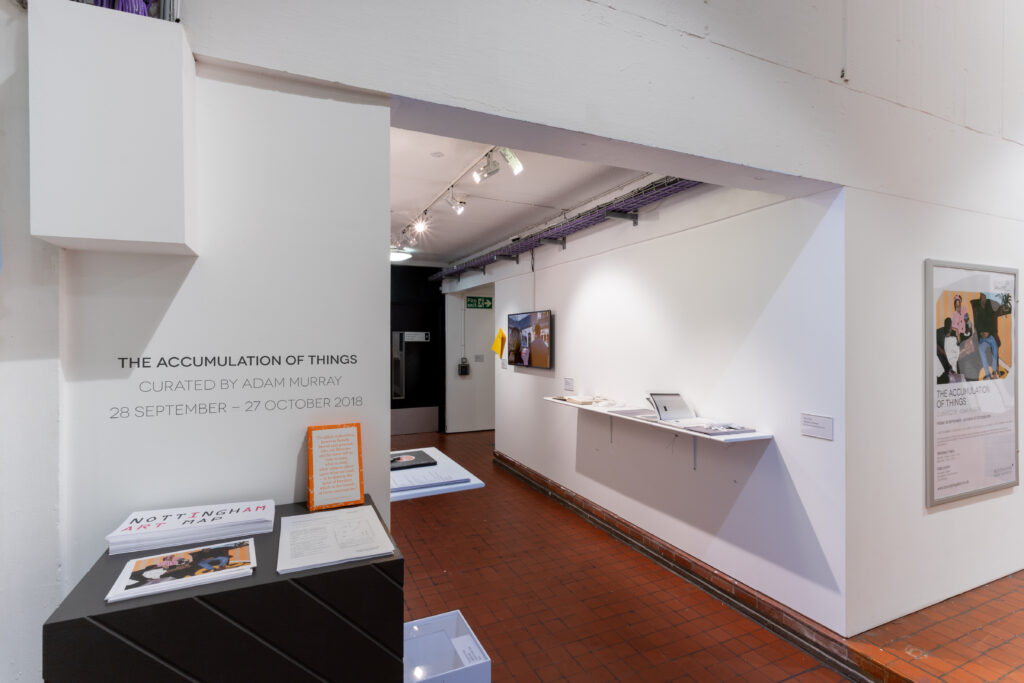
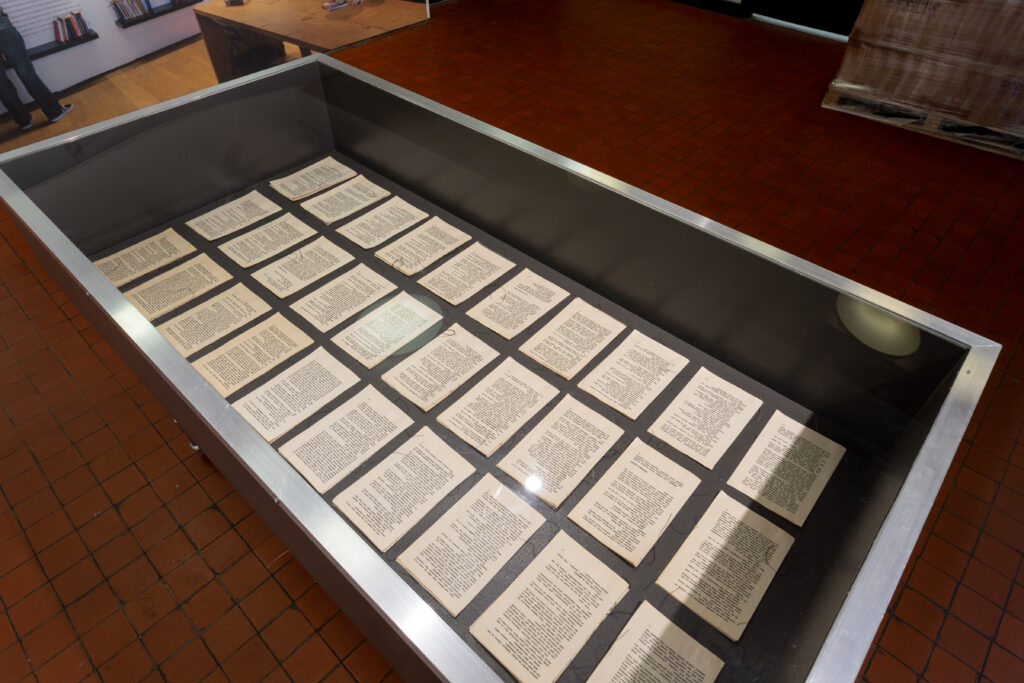
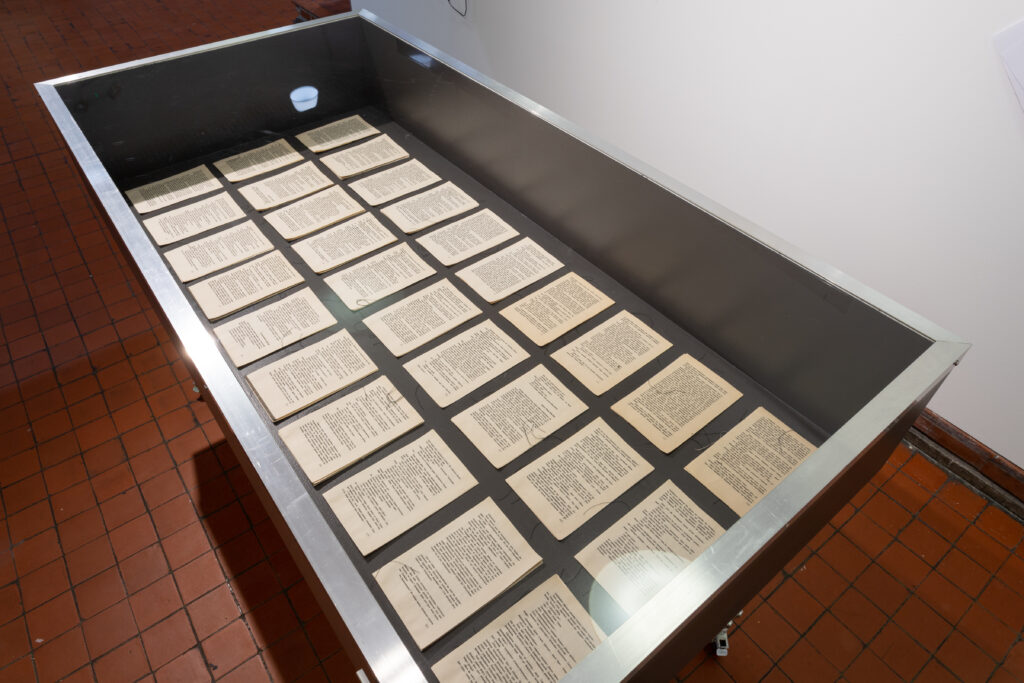
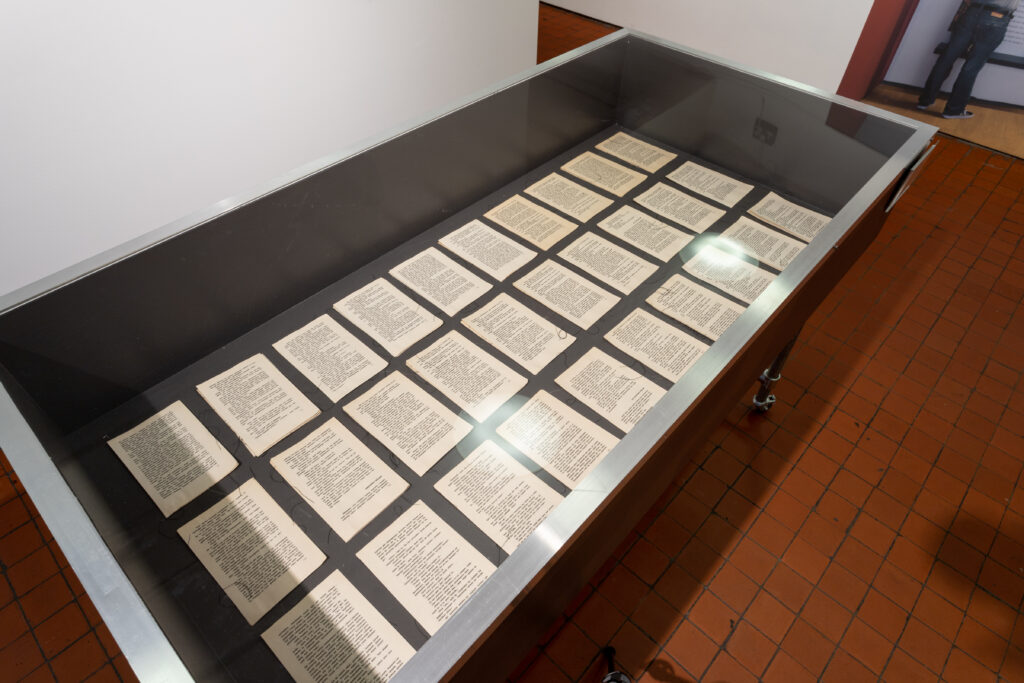
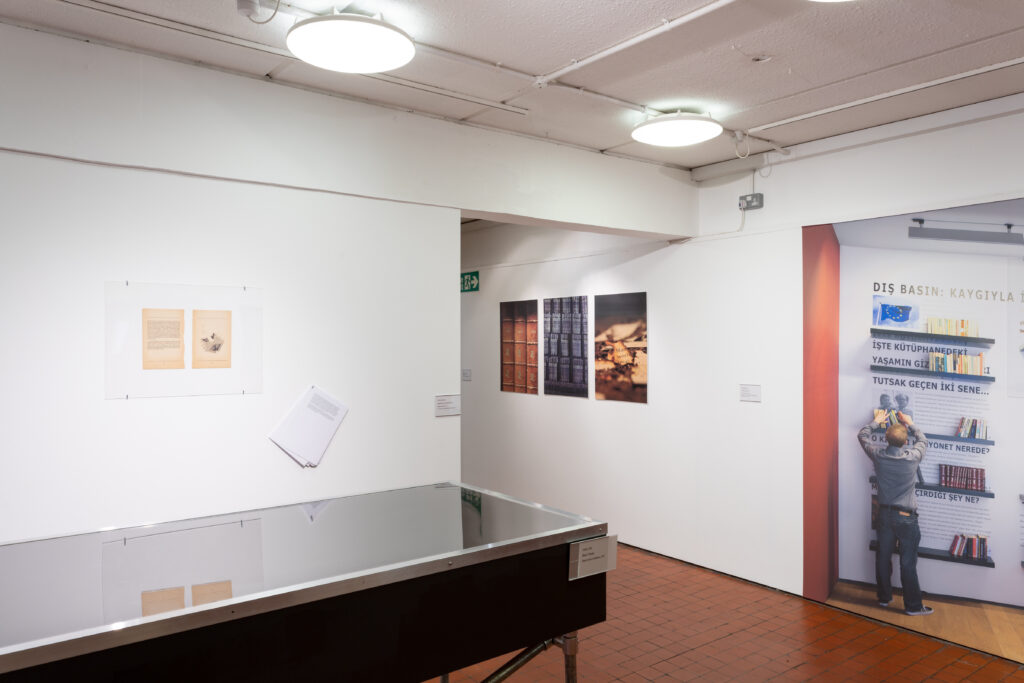

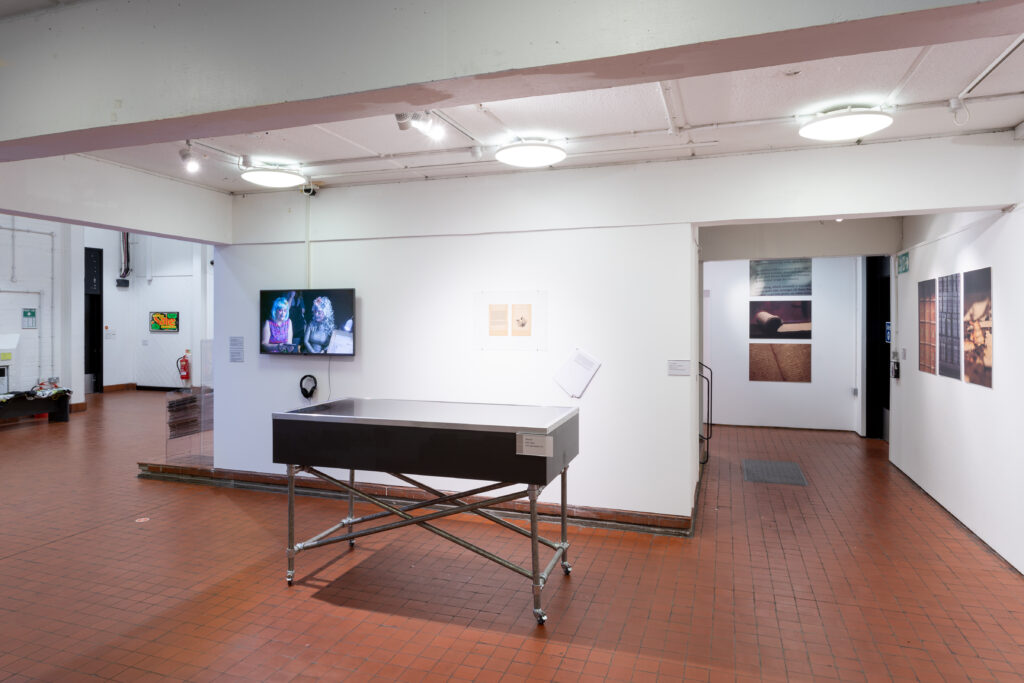
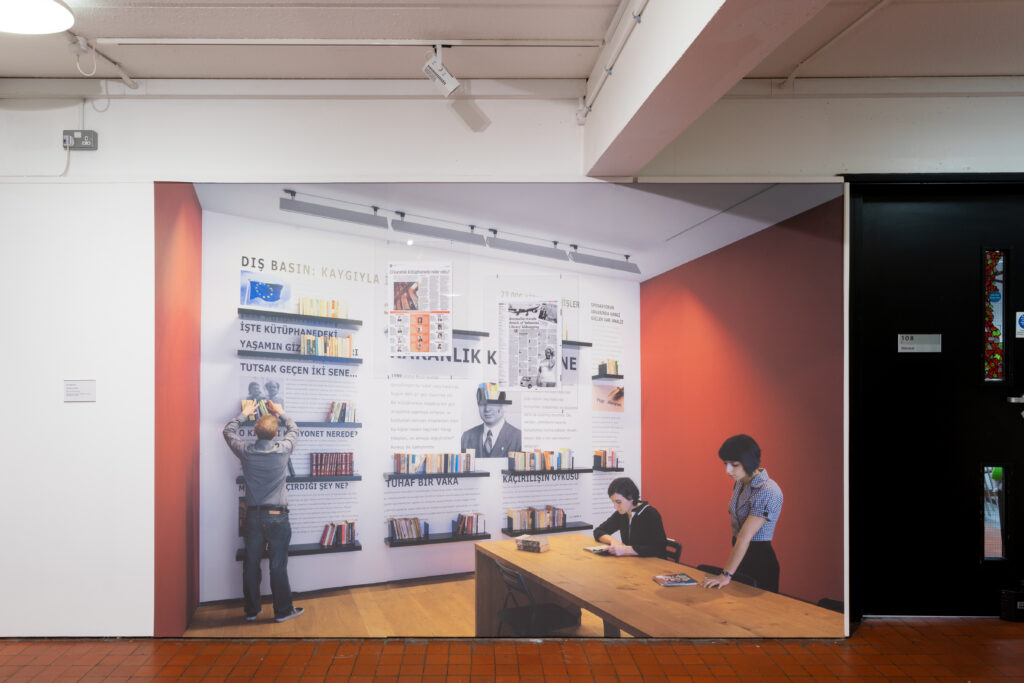
All the events associated with this series can be watched via this link
Talk: Islam in the River of Wisdoms, with Prof. Wendy Shaw
Date: Wednesday 3 October, 7 pm – 8.30 pm
Location: Five Leaves Bookshop
This talk was recorded, you can access the footage on Vimeo.
Talk: A Feeling of Loss: Mutterzunge, with Adnan Yildiz
Date: Wednesday 10 October, 6 pm – 8 pm
Location: Primary
Bookings: Please visit Primary’s website for details
This talk was recorded, you can access the footage on Vimeo
Film Screening: Gürcan Keltek’s Colony (2015)
Date: Wednesday 17 October, 6 pm – 8 pm
Location: Bonington Lecture Theatre (room 143)
Bookings: please email cuneyt.cakirlar@ntu.ac.uk to reserve your place
View the trailer on Vimeo
Uplefter: A workshop on Political Depression with Aylin Kuryel
Date: Monday 22 October, 6 pm – 8 pm
Location: Bonington 146
Bookings: please email cuneyt.cakirlar@ntu.ac.uk to reserve your place
This talk was recorded, you can access the footage on Vimeo
Exhibition Walkthrough with Mine Kaplangı and Cüneyt Çakırlar
Date: Wednesday 24 October, 1 pm – 3 pm
Location: Bonington Gallery
Bookings: please email cuneyt.cakirlar@ntu.ac.uk to reserve your place
Film Screening: Shevaun Mizrahi’s Distant Constellation (2017)
Date: Wednesday 24 October, 6 pm – 8 pm
Location: Bonington Lecture Theatre (room 143)
Bookings: please email cuneyt.cakirlar@ntu.ac.uk to reserve your place
View the trailer on Vimeo
Istanbul Queer Art Collective
Performance
Visiting Bibliophiles: Fellowship of Books
Tuna Erdem and Seda Ergül will visit NTU Emeritus Professor of Gay and Lesbian Studies, Gregory Woods. Presenting their Just in Bookcase, they will have a conversation on book loving, personal libraries, queer archiving and memory. This is a closed performance, the video documentation of this event is available on Vimeo.
Public programme curator: Dr Cüneyt Çakırlar, Senior Lecturer in Communication, Culture and Media at Nottingham Trent University. The events in this public programme are sponsored by School of Arts and Humanities, Nottingham Trent University.

The coronavirus pandemic is still far from over in many parts of the world, including Guatemala where artisanal textile making remains a significant aspect of indigenous Maya cultural heritage and the creative economy. This small collection of artefacts, images and narratives convey findings from recent research into: ‘how Guatemalan artisans diversified their textile practices to sustain their communities during the Covid-19 pandemic’.
Our ethnographic enquiry, undertaken in 2021, was made possible through collaboration with five socially driven textile organisations working in the Lake Atitlan area; A Rum Fellow, Cojolya, Mercado Global, Multicolores, and Kakaw Designs. Analysis of online interviews, videos and photographs taken in the field, provide insights into the creative resilience of artisans as they continued to practice, communicate and market their crafts, throughout the global crisis.
The title Story Cloth derives from Multicolores, who encouraged the artists they work with to embroider ‘my life during the quarantine’, as a reflection on the personal impact of the pandemic. Examples of these embroidered vignettes are featured alongside dolls, woven and dyed (buy-one-give-one) PPE masks, fashion and interior textiles, and rugs made from recycled paca (second-hand clothing).
The exhibition also features ‘Connecting with Your Roots’, a scholarship programme funded by Ibermuseums for The Ixchel Museum of Indigenous Textiles and Clothing, enabling 30 women and girls from Maya groups in Guatemala City to reconnect with their weaving arts heritage. The project is represented in images and a vintage huipil (blouse) the most prevalent form of traje (traditional clothing) worn by Mayan women. Woven on a backstrap loom, the huipil incorporates colours, patterns and motifs symbolizing nature, religious and community affiliation.
Story Cloth is an outcome of ongoing research into the sustainable potential for integrating digital technology into artisanal business models, supported by the Global Challenges Research Fund (GCRF) and Quality-Related (QR) funding, Nottingham Trent University.
Header photo: Maria Sacalxot Coti rug hooking. Photo by Joe Coca courtesy of Multicores

















Katherine Townsend, Nottingham Trent University
Anna Piper, Sheffield Hallam University
Luciana Jabur, Friends of The Ixchel Museum
Friends of the Ixchel Museum
Museo Ixchel del Traje Indígena (Ixchel Museum of Indigenous Dress)
A Rum Fellow
Cojolya
Kakaw Designs
Mercado Global
Multicolores
In response to the COVID-19 crisis, we are currently adapting this exhibition to a new format and will release more information soon. Please check back soon for updates.
The exhibition will continue to be an open call, with new submission requirements to be confirmed.
Bonington Gallery is pleased to be presenting The Captive Conscious, a collection of visual responses to an open call led by our Student Curatorial Group. Creative practitioners from within Nottingham Trent University and beyond are invited to respond in any medium to a piece of writing composed of redacted appropriated texts. The text has been cut, merged, edited and reassembled to form a new piece of writing that can be opened up to interpretation – in response to an imaginary narrative. The Captive Conscious will present an observation of the minds of many, encouraging a truly organic response to language.
Just outside the gallery, you’ll find the Bonington Vitrines – two display cases that present an ever-changing series of projects that run alongside our exhibitions.
For the 15th instalment of our Bonington Vitrines programme, we are delighted to welcome Nomadic Vitrine, a curatorial project run by Recent Activity in Birmingham. Nomadic Vitrine invites artists to respond to a nomadic display case, either using it functionally to present work or intervening with it sculpturally. The vitrine in itself is a redundant sculpture, replacing the gallery as a space for artists to create work in/on/for. It builds on historical notions of display and visibility, both within and beyond the gallery, and is placed in various locations around Birmingham and further afield.
This instalment will be inhabited by Glasgow-based artist Mick Peter. Mick’s playful installations incorporate imagery influenced by illustration and commercial art. His work for Nomadic Vitrine wittily undermines the assumed hushed reverential attitude of the gallery goer. Using the inverted vitrine, the space becomes a site for an unexpected sight gag.





Recent Activity is a curatorial project based in Birmingham, delivering exhibitions and events. It is organised by artist Andrew Gillespie, with support from Ryan Kearney.
Mick Peter lives in Glasgow, UK. He has recently had solo shows at BALTIC, Gateshead (2019), Deborah Bowmann, Brussels (2018/19), Glasgow International (2018), Galerie Crèvecoeur, Paris (2017), Workplace, Gateshead (2016), Tramway, Glasgow (2015), and Drawing Room, London (2016), Popcorn Plaza, part of Generation: 25 Years of Contemporary Art in Scotland, Jupiter Artland (2014) and Almost Cut My Hair, part of Generation: 25 Years of Contemporary Art in Scotland, Tramway Hidden Gardens, (2014). Recent group shows include ‘Voyage au long cours’ at FRACNormandie Caen (2018), Natural Selection’ at Galerie 5, Angers (2016), France and & ‘Corps narratifs’ at the Domaine départemental de Chamarande, Chamarande, France (2016). Puddle, pothole, portal at Sculpture Center, New York (2014), L’Echo at HAB Galerie – FRAC des Pays de la Loire, (2014), Monument at FRAC Basse-Normandie, (2014), British British Polish Polish: Art from Europe’s Edges in the Long 90’s and Today at the Centre for Contemporary Art, and Ujazdowski Castle, Warsaw, (2013).
In Works from the Hallucinated Archive, Wayne Burrows brings together material by six artists (five real, one fictional) who work across a range of media and traditions but all share an interest in ideas around folklore, spiritual belief and art as psychic manifestation or transmission.
The vitrines and foyer are occupied by works from the fabricated archive of an entirely fictional British artist, Robert Holcombe (1923 – 2003). Gathered into an exhibition that might be read as a scholarly contribution to a previously unknown (and wilfully esoteric) chapter in the story of Post-War British Art. Or perhaps a fiction exploring ideas of authenticity, class and cultural identity by ‘restoring’ to our attention a figure who might plausibly have existed, but failed or refused to fit the standard narratives and frameworks of his time.
This archival fiction is further layered and complicated by its deployment as a framing device for a group of works by five other artists, mostly contemporary, sometimes hallucinatory in effect, and all real. Their shared fascinations with altered states, fringe beliefs, folklore and ritual, play against their own (and our) ingrained sceptical instincts with humour and a strong awareness of absurdity. After all, whatever the precise nature of any particular psychic or paranormal phenomenon might be, such subjective experiences plainly share conceptual ground with the transformative, healing and wish-fulfilling objectives of art itself. Just as a fiction is a very literal kind of alternate reality, a song, a form of spell-casting or invocation, and any film or photograph in existence is a very literal kind of ghost.
The artworks and fictional ephemera featured work together as something that exists between a curated group show and a single installation to generate a kind of ‘Alice in Wonderland’ rabbit-hole: a collage portal into a parallel world that may already exist within the familiar yet often nightmarish one we currently inhabit.








Aslı Anık, Arianne Churchman, Maryam Hashemi, Robert Holcombe, Chloe Langlois, Z.K. Oloruntoba